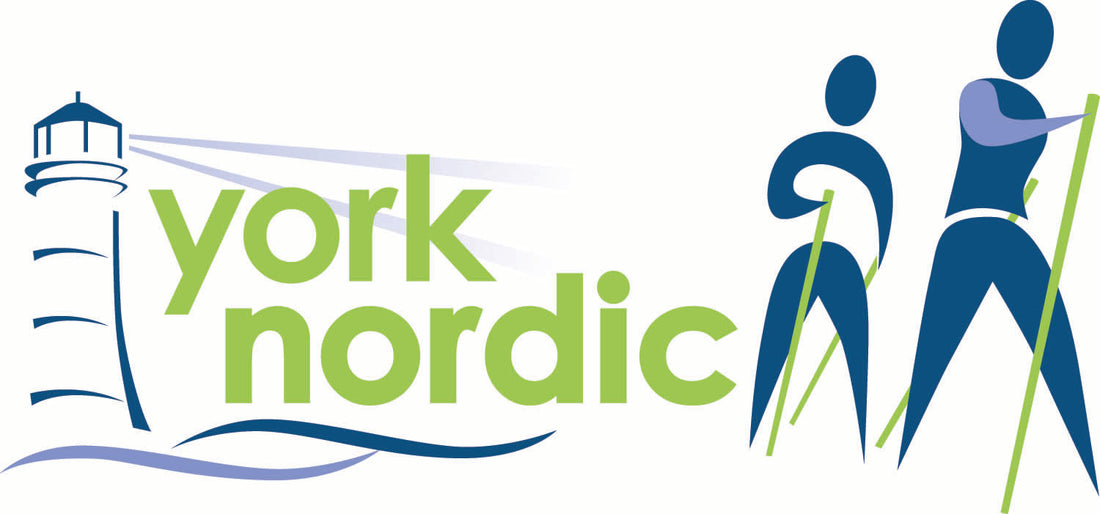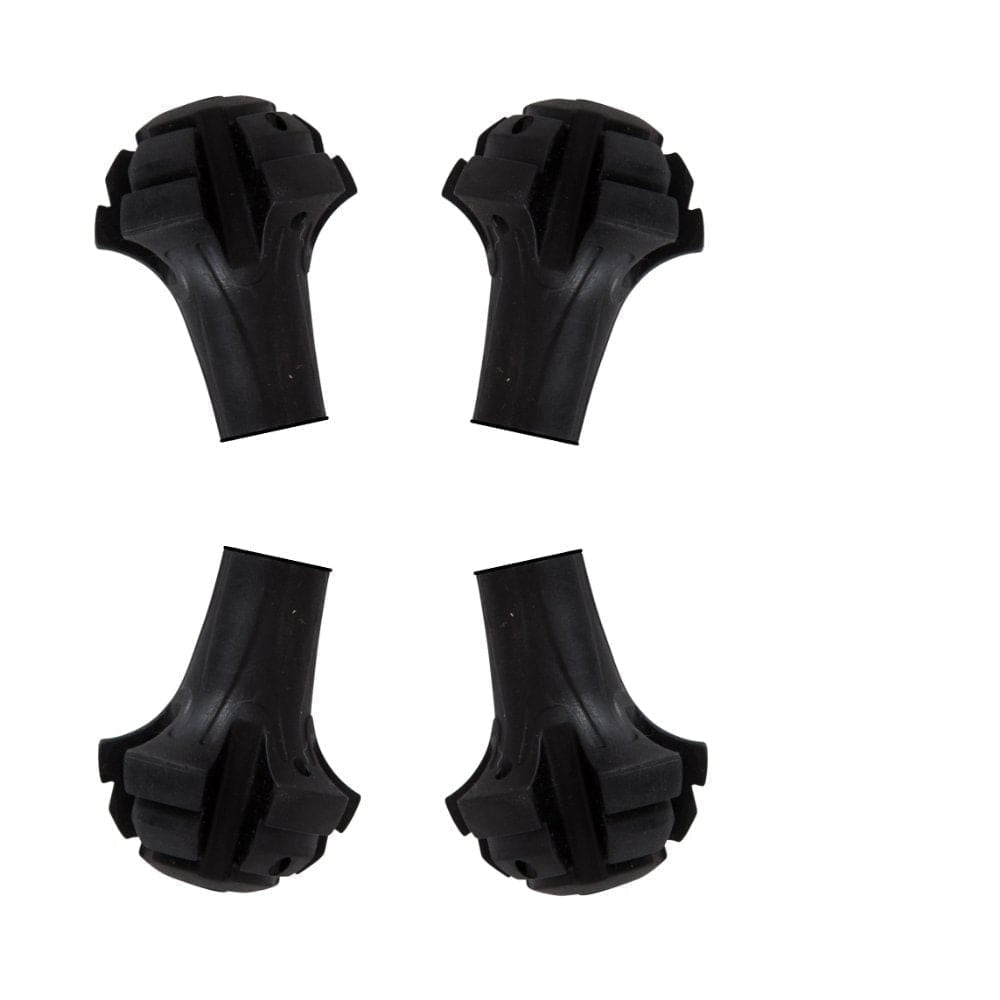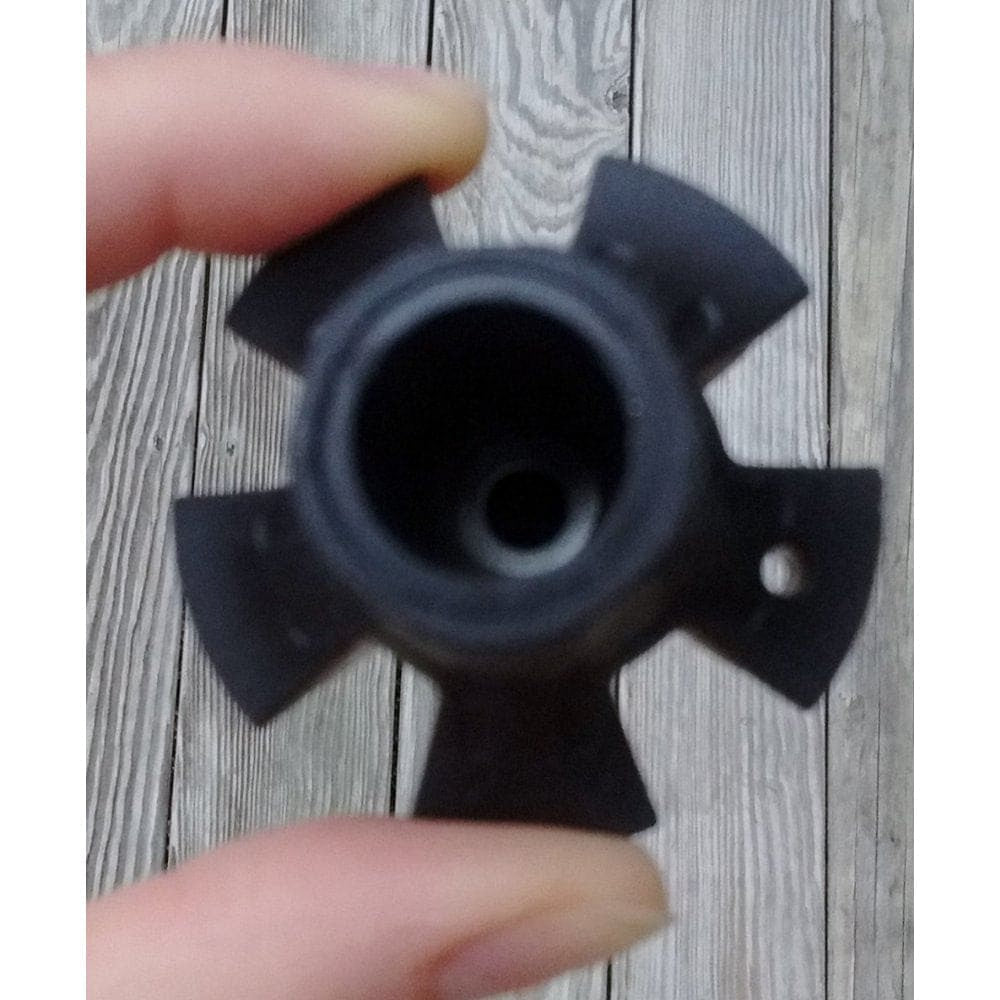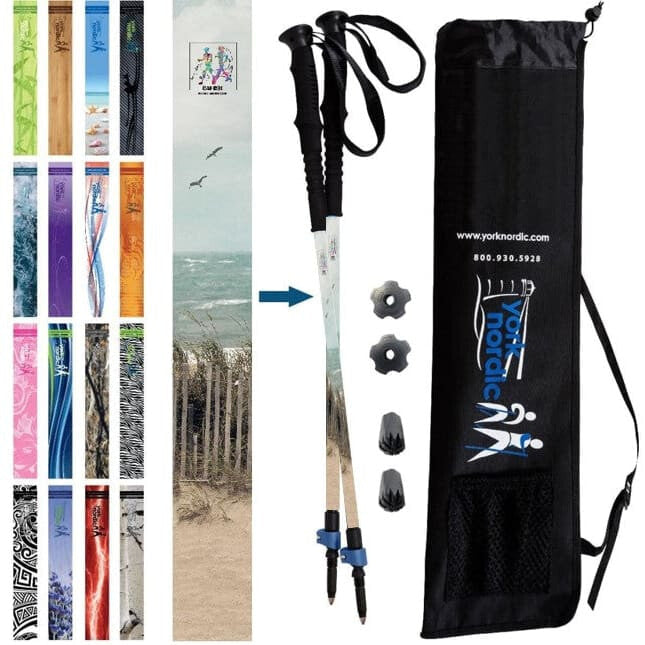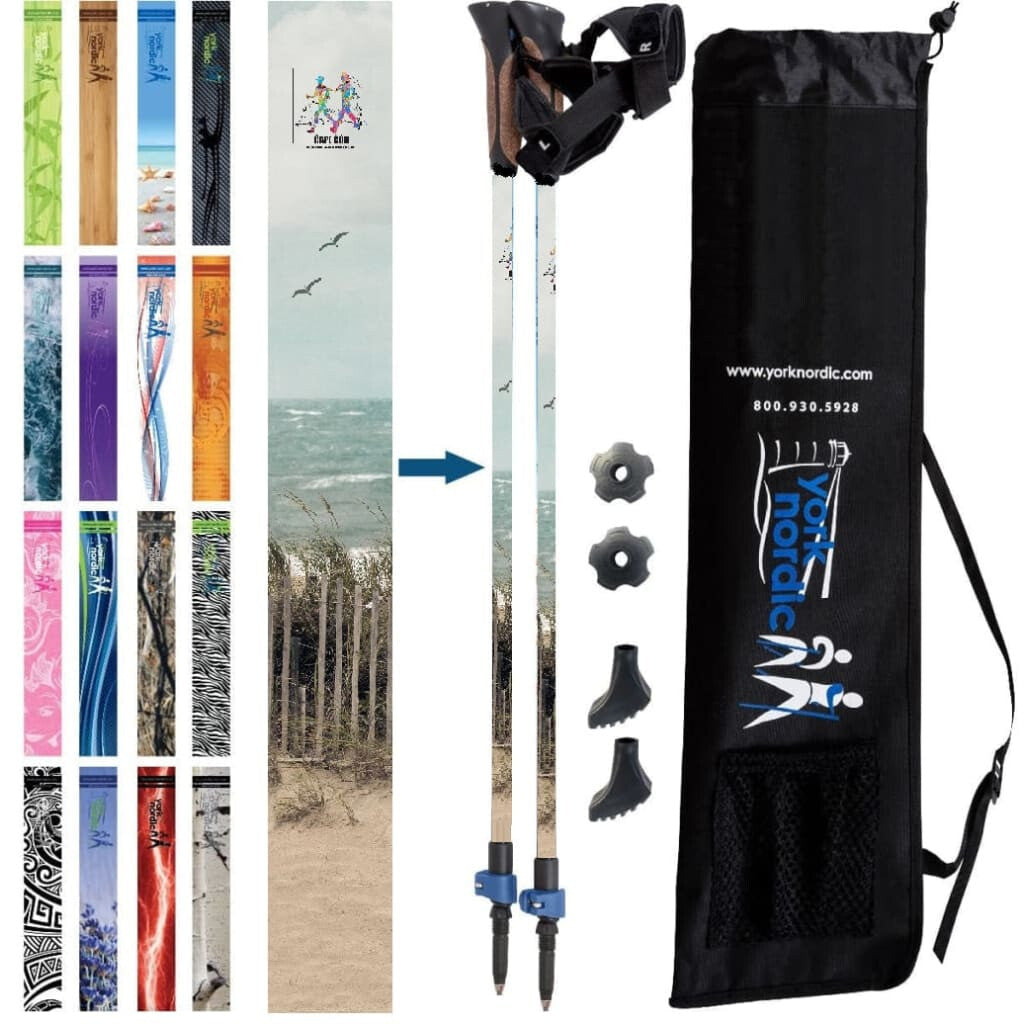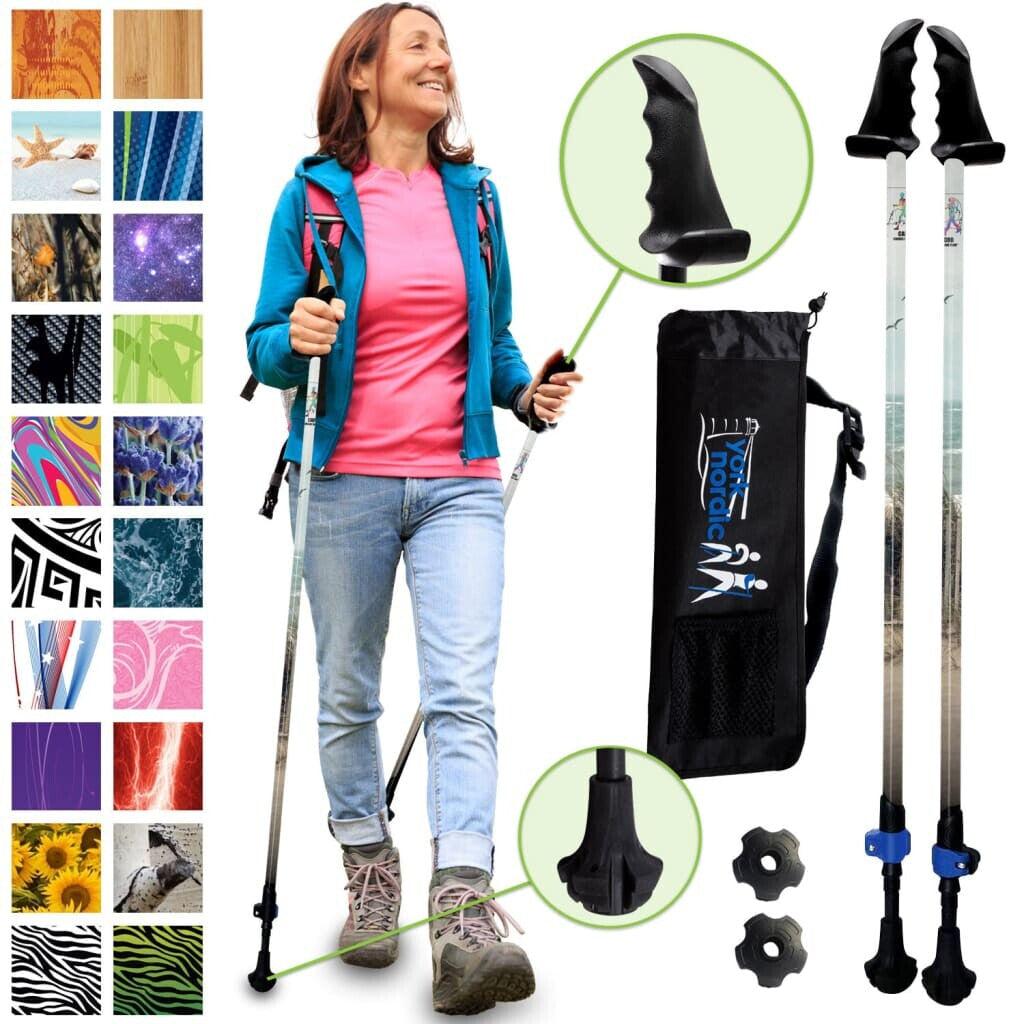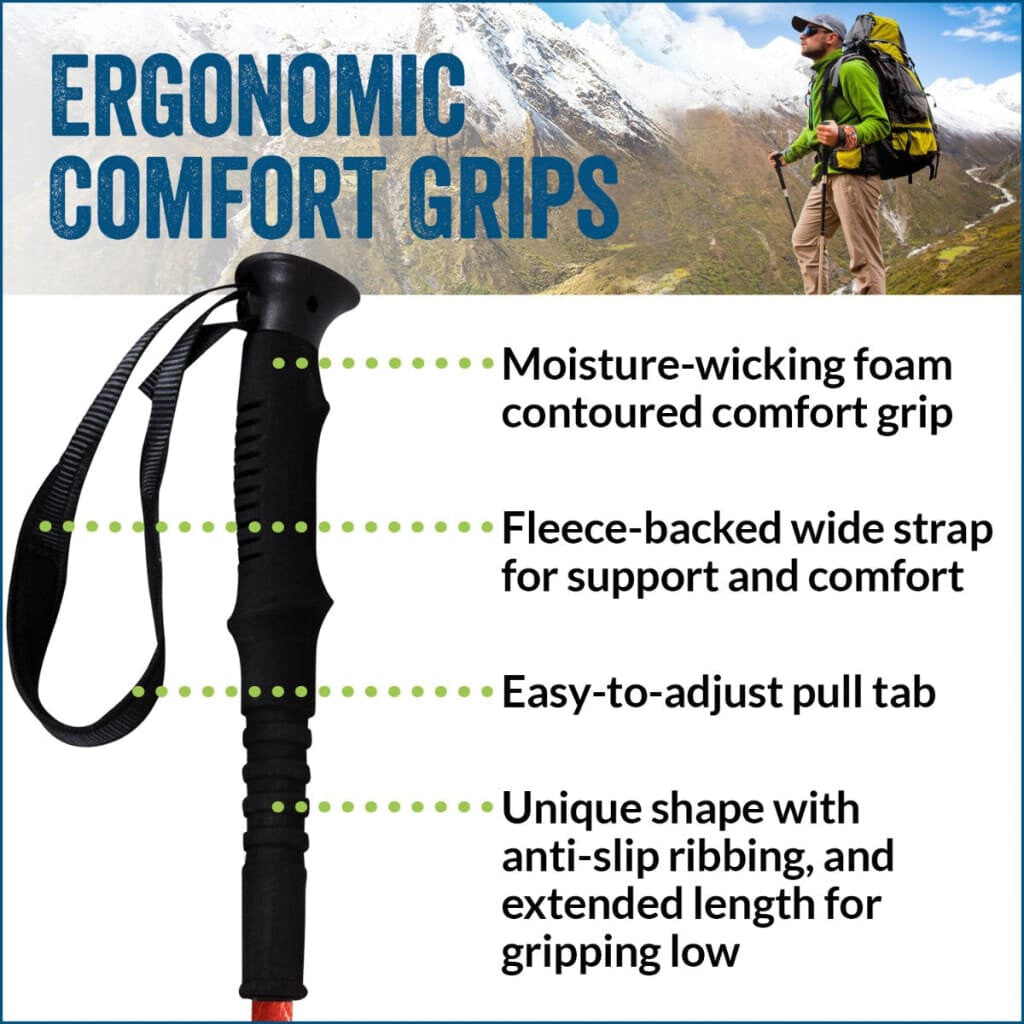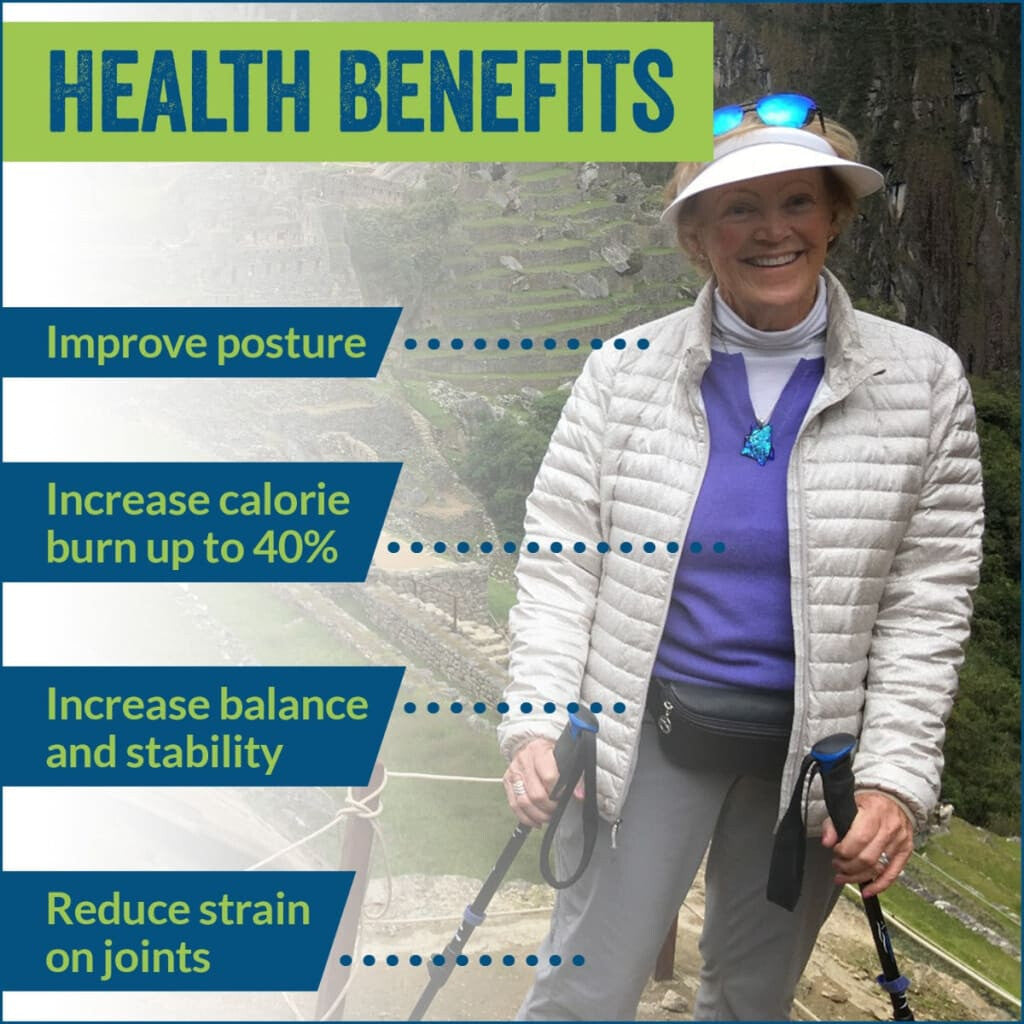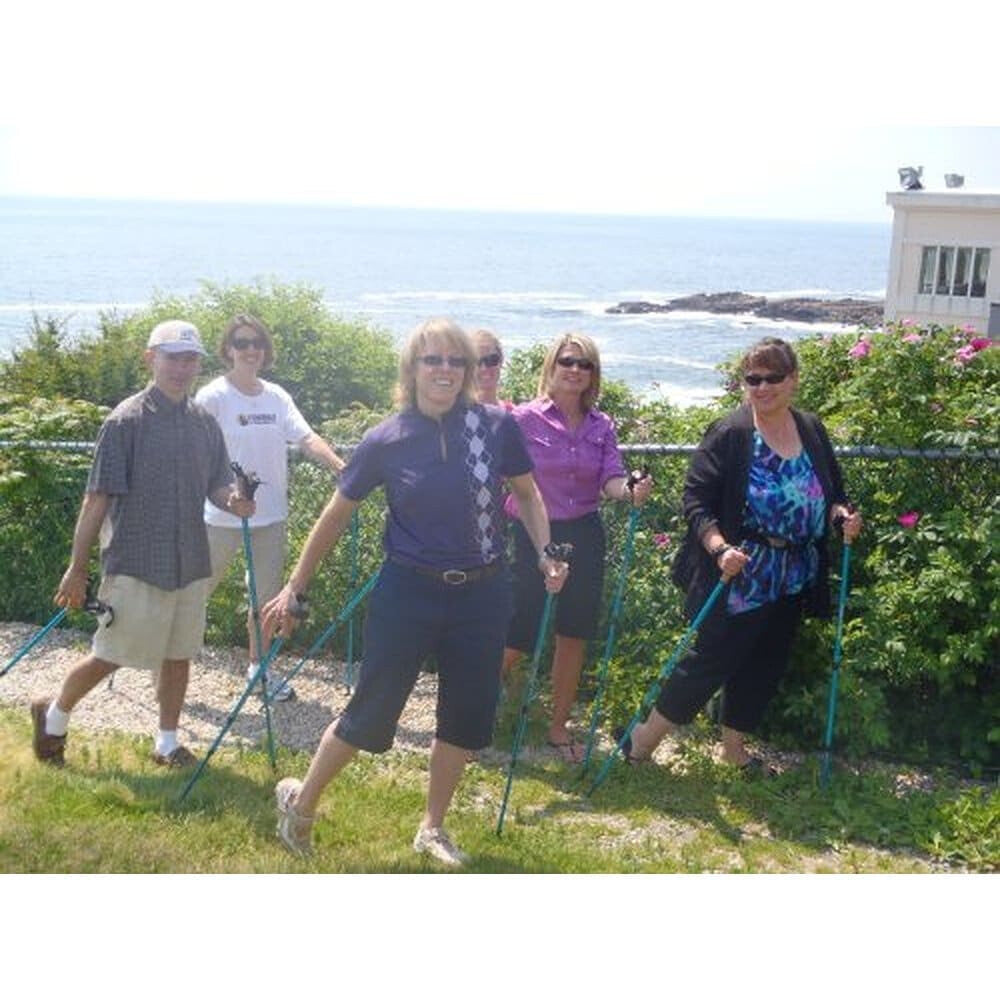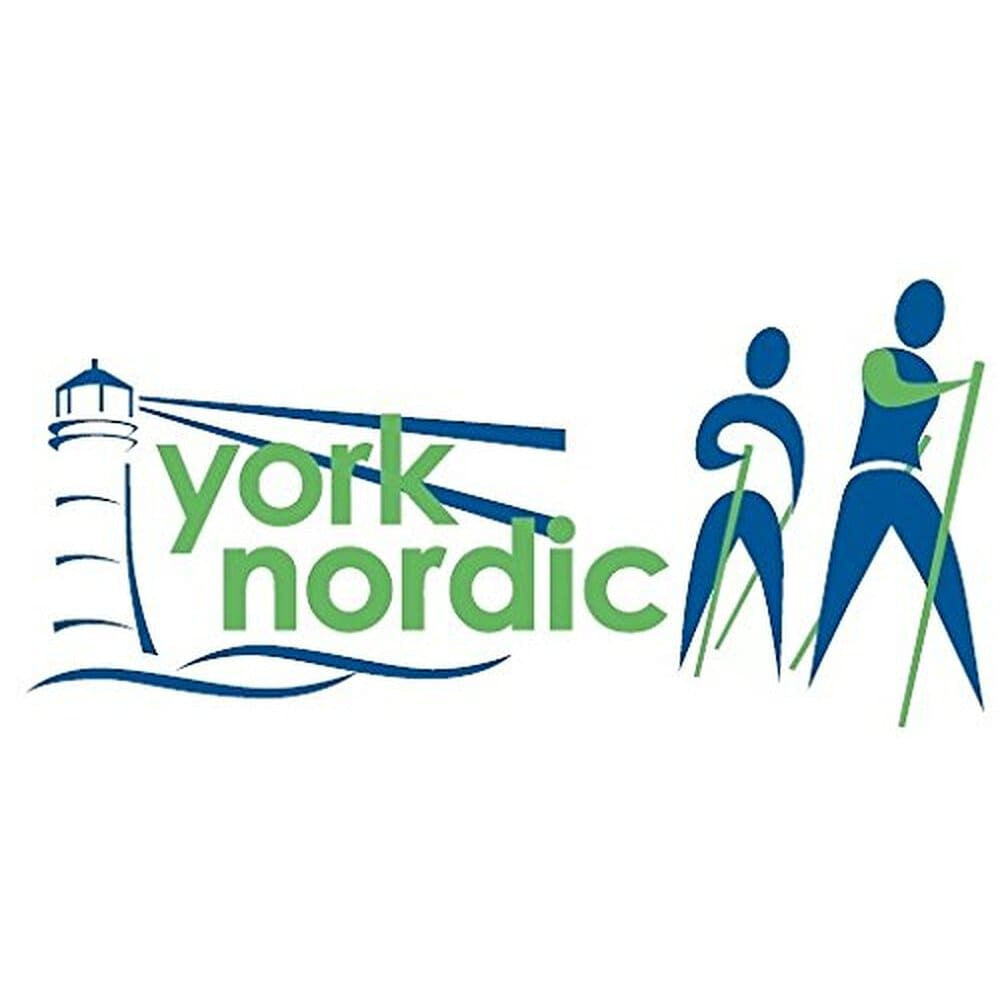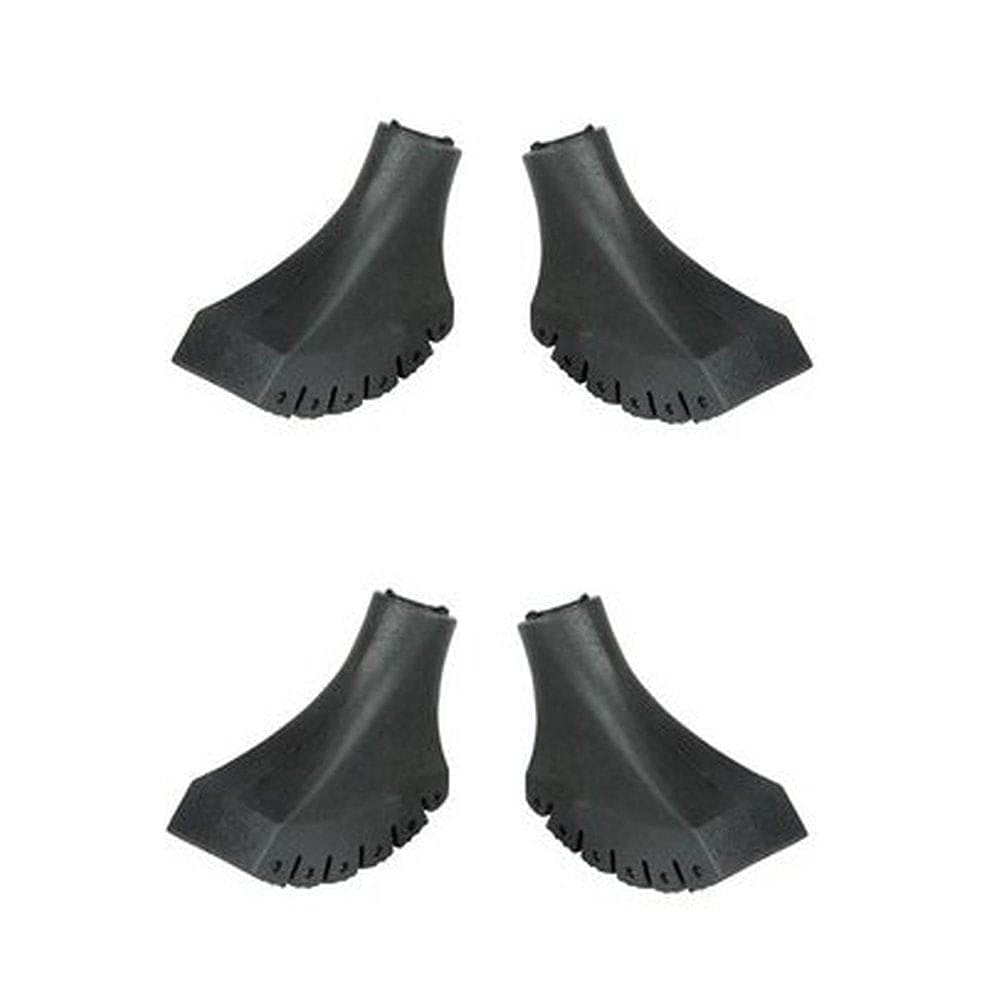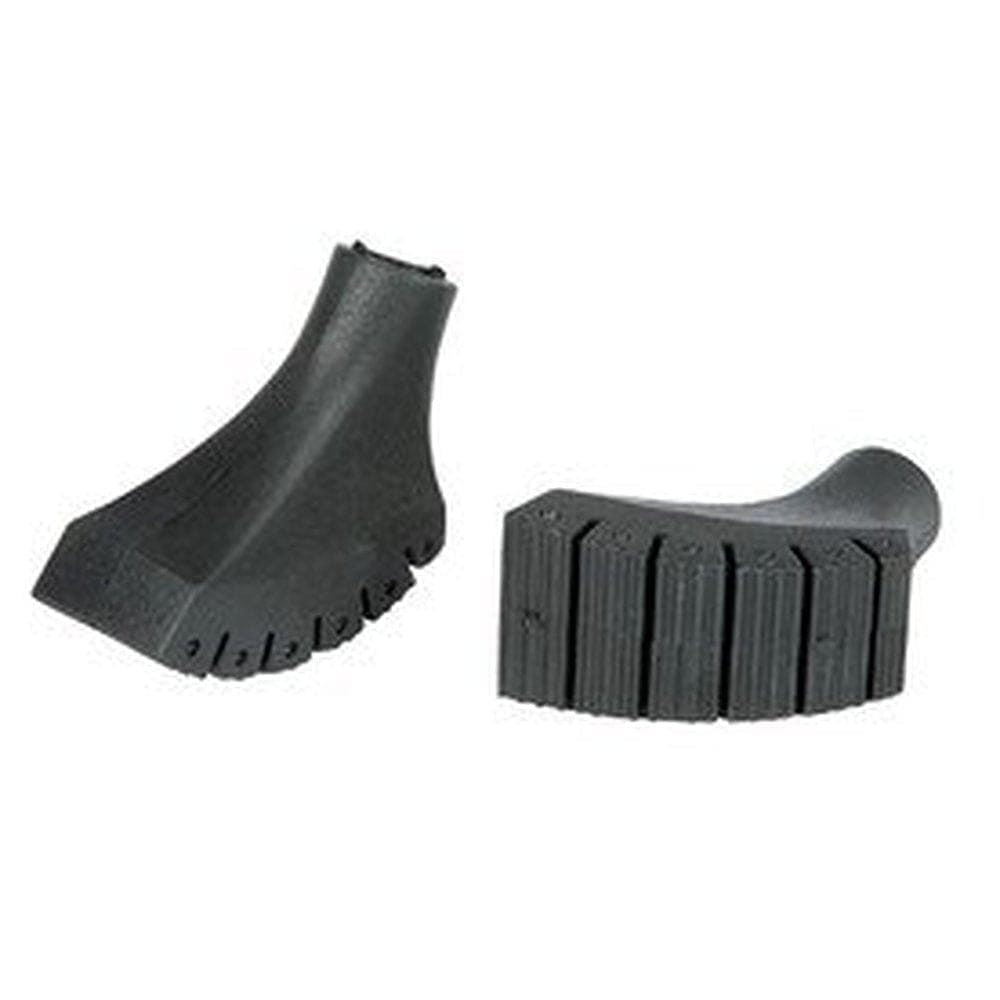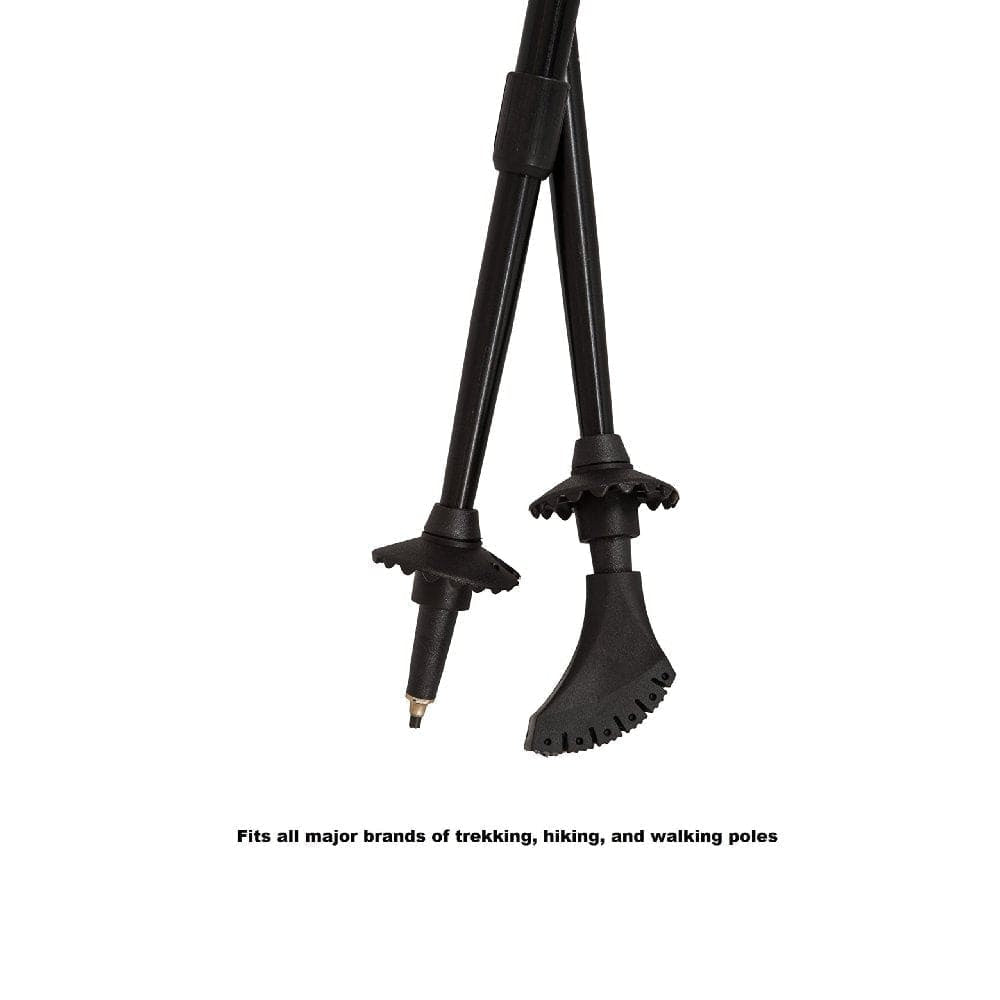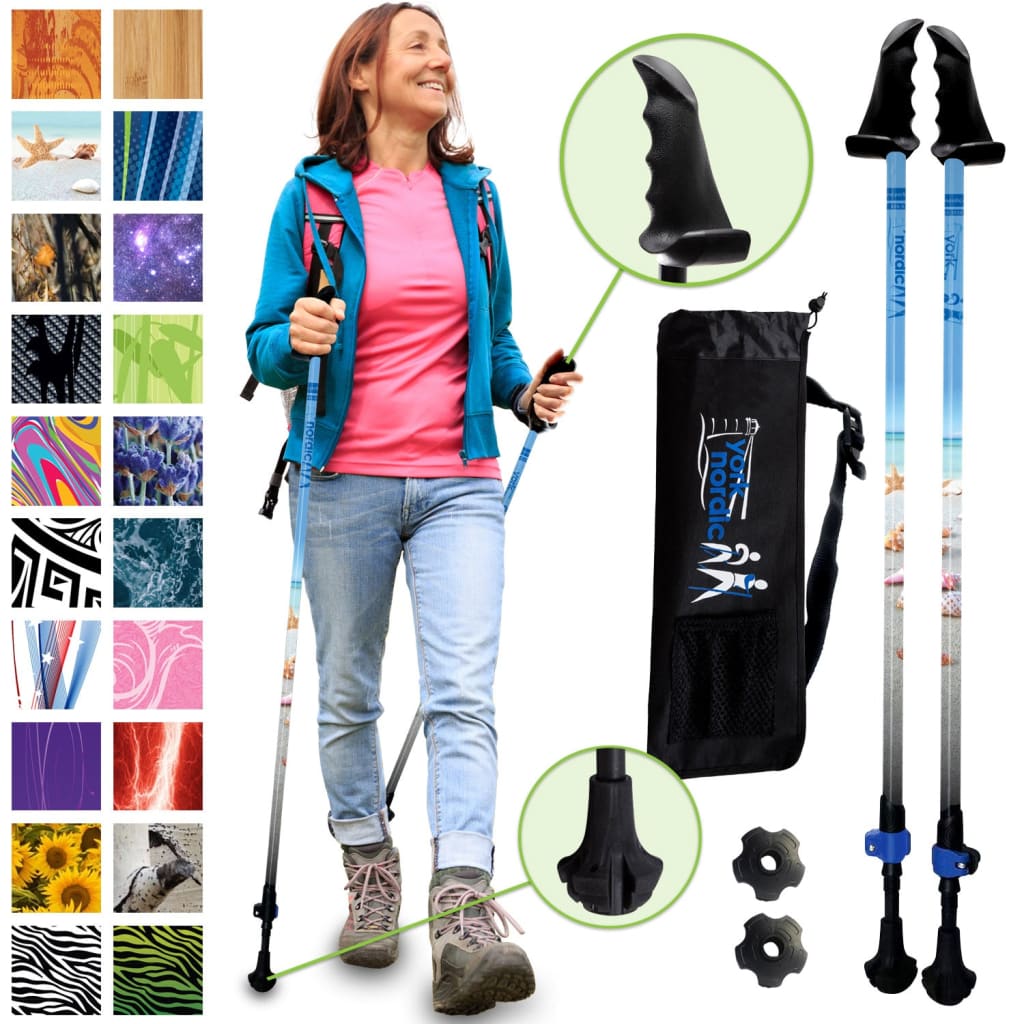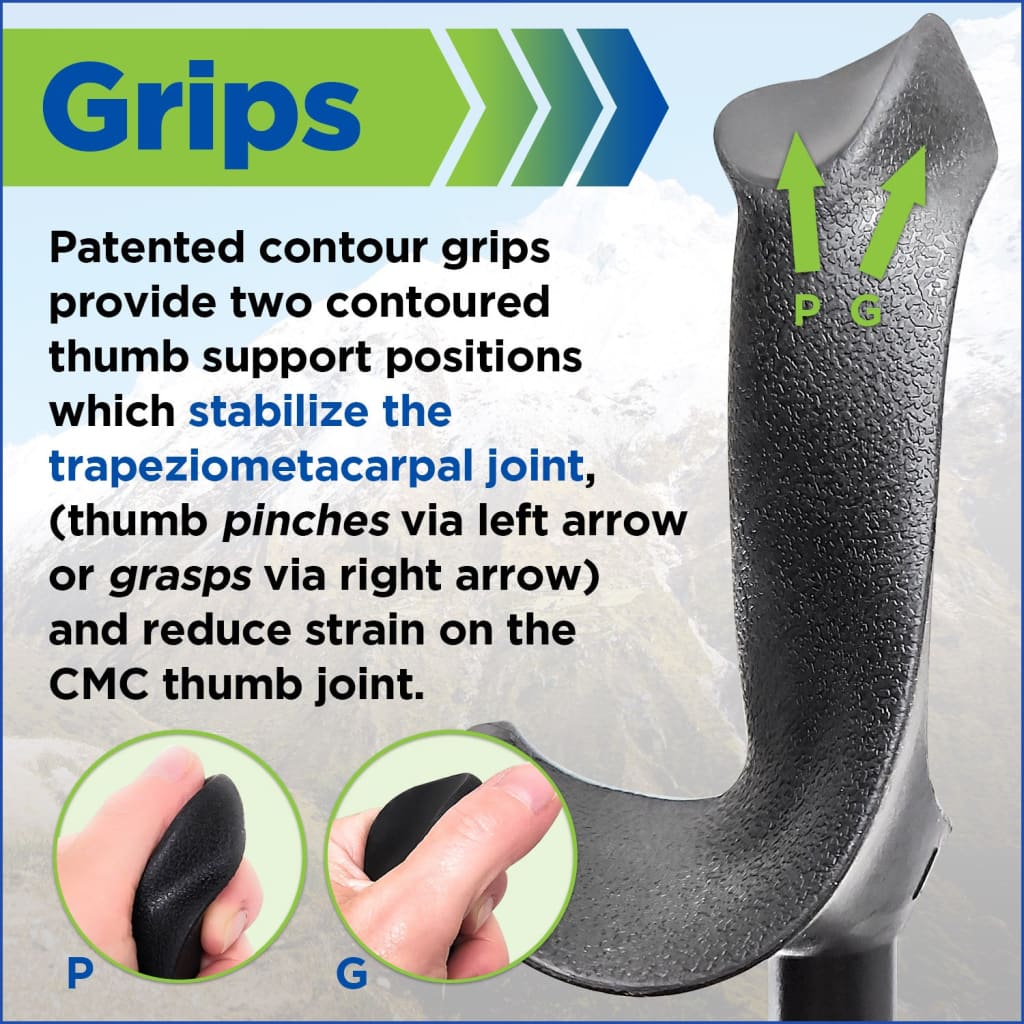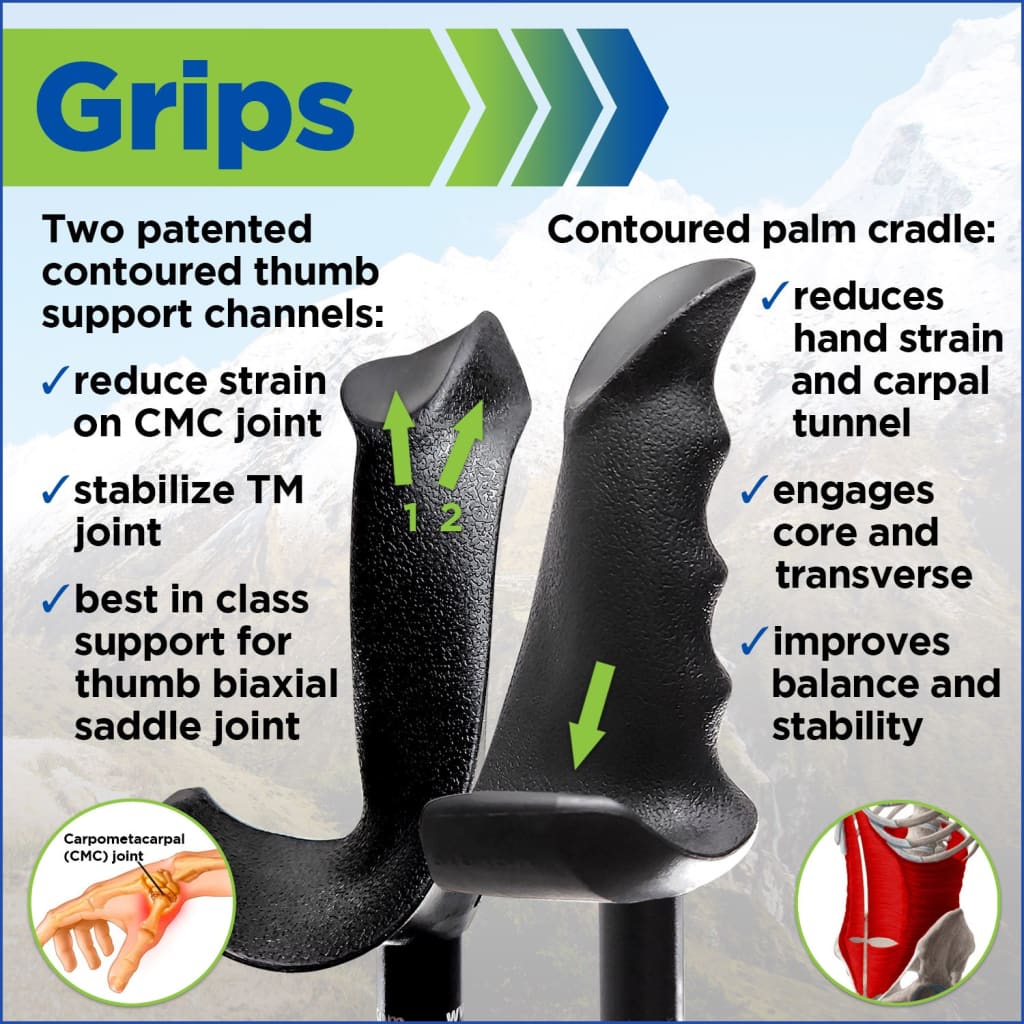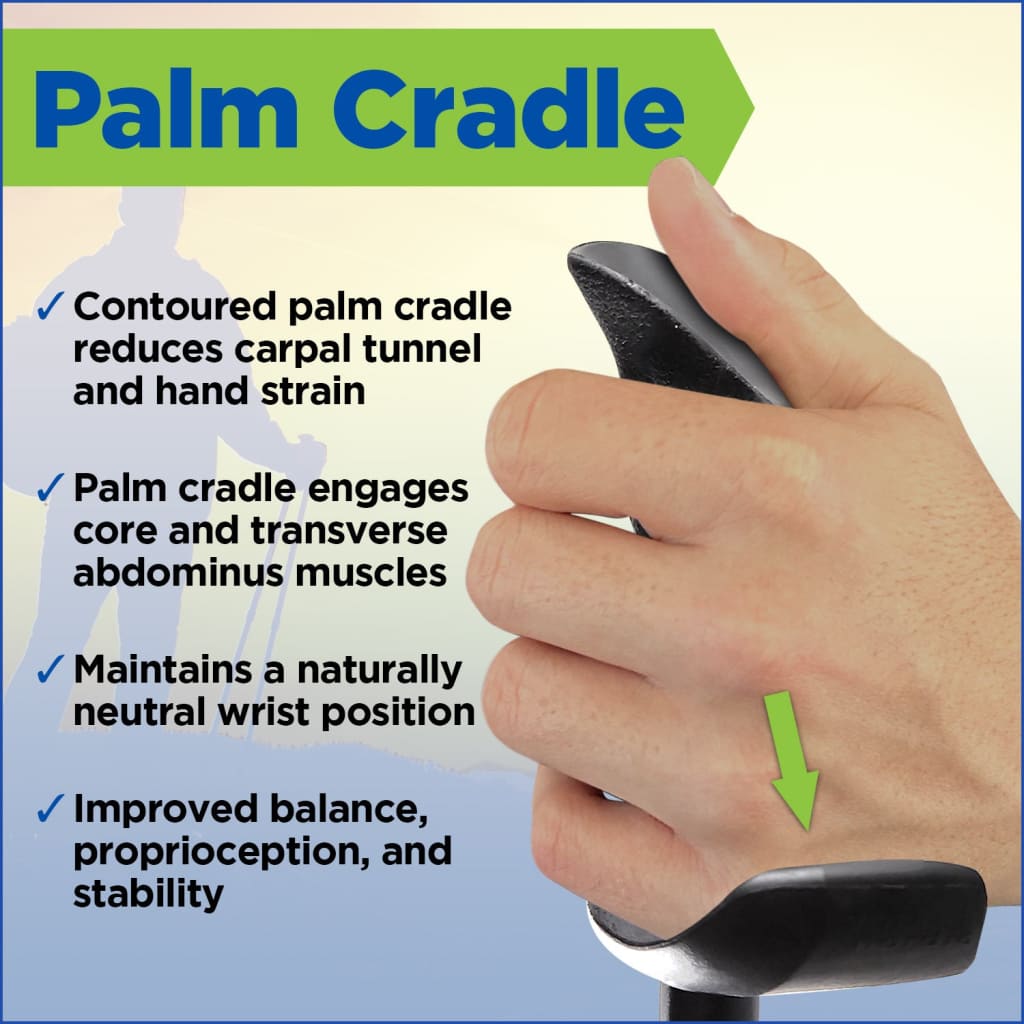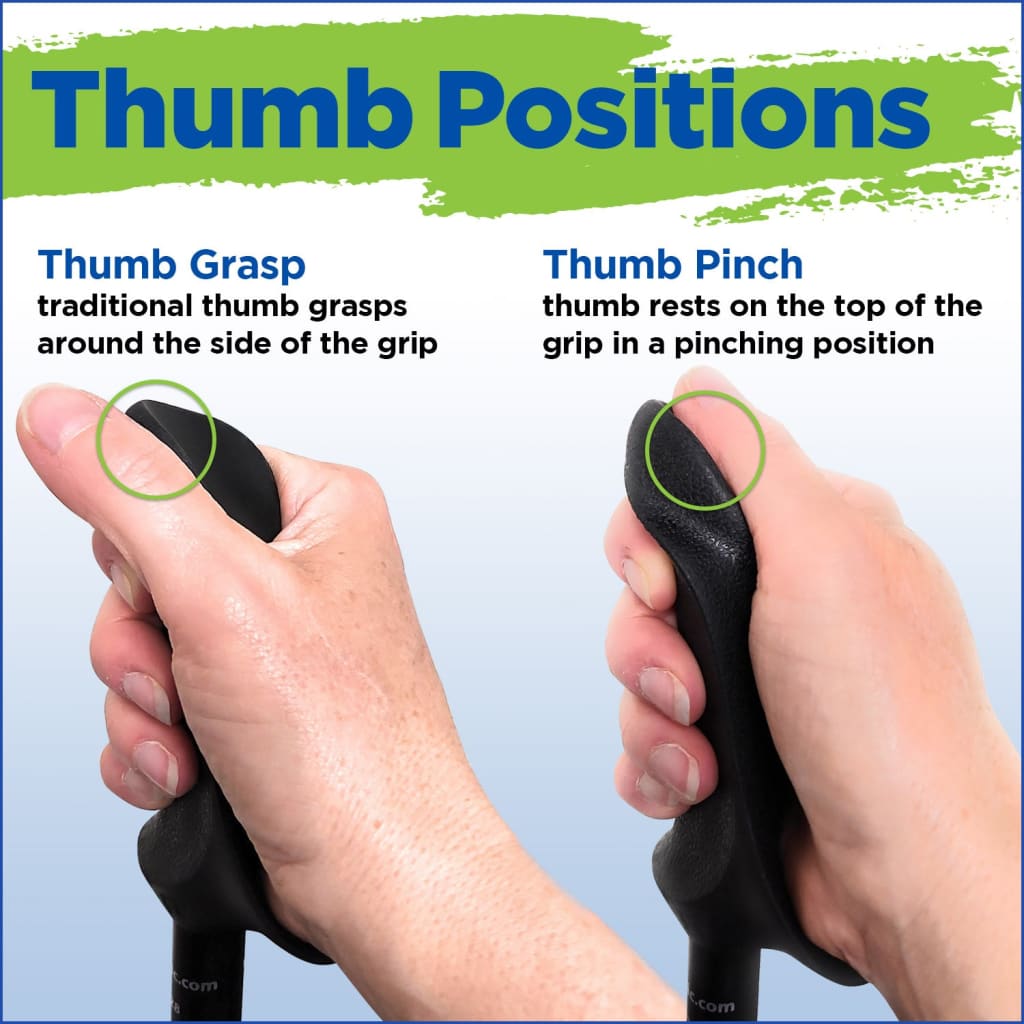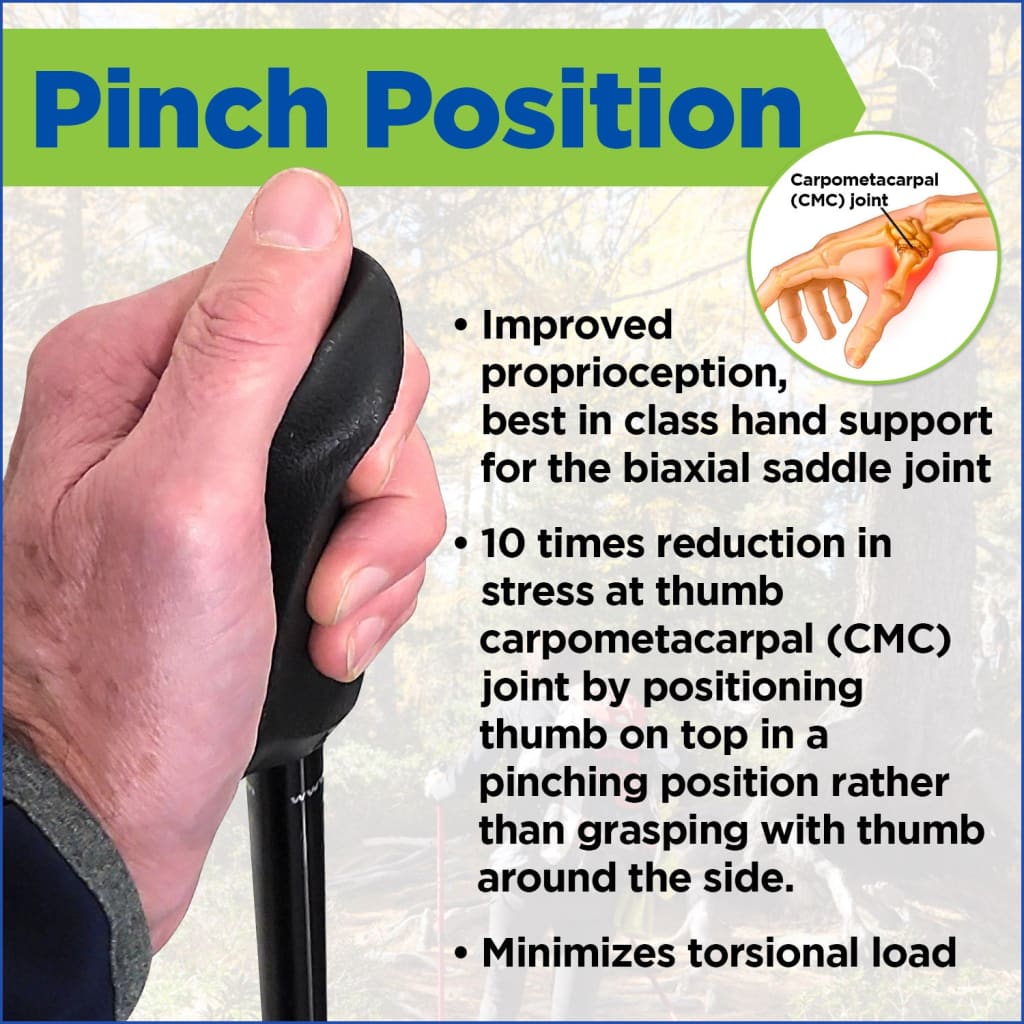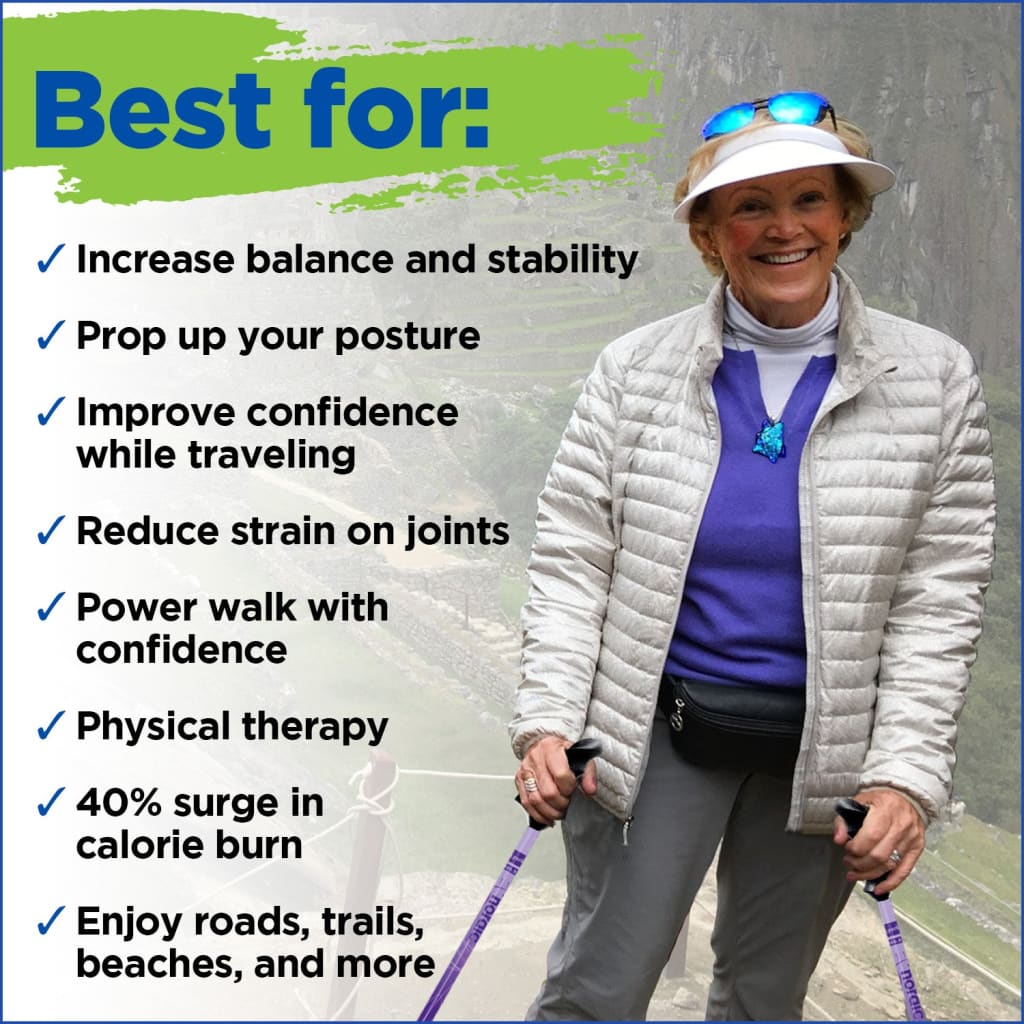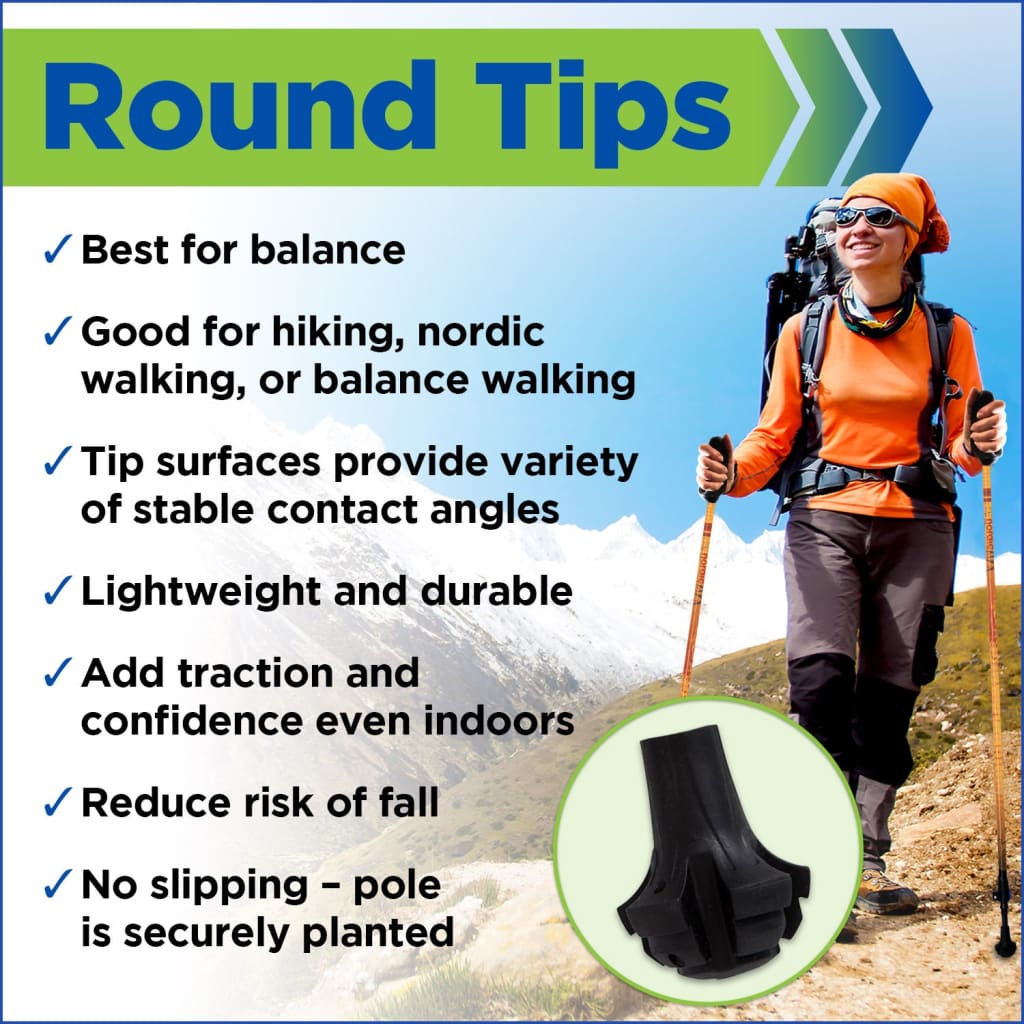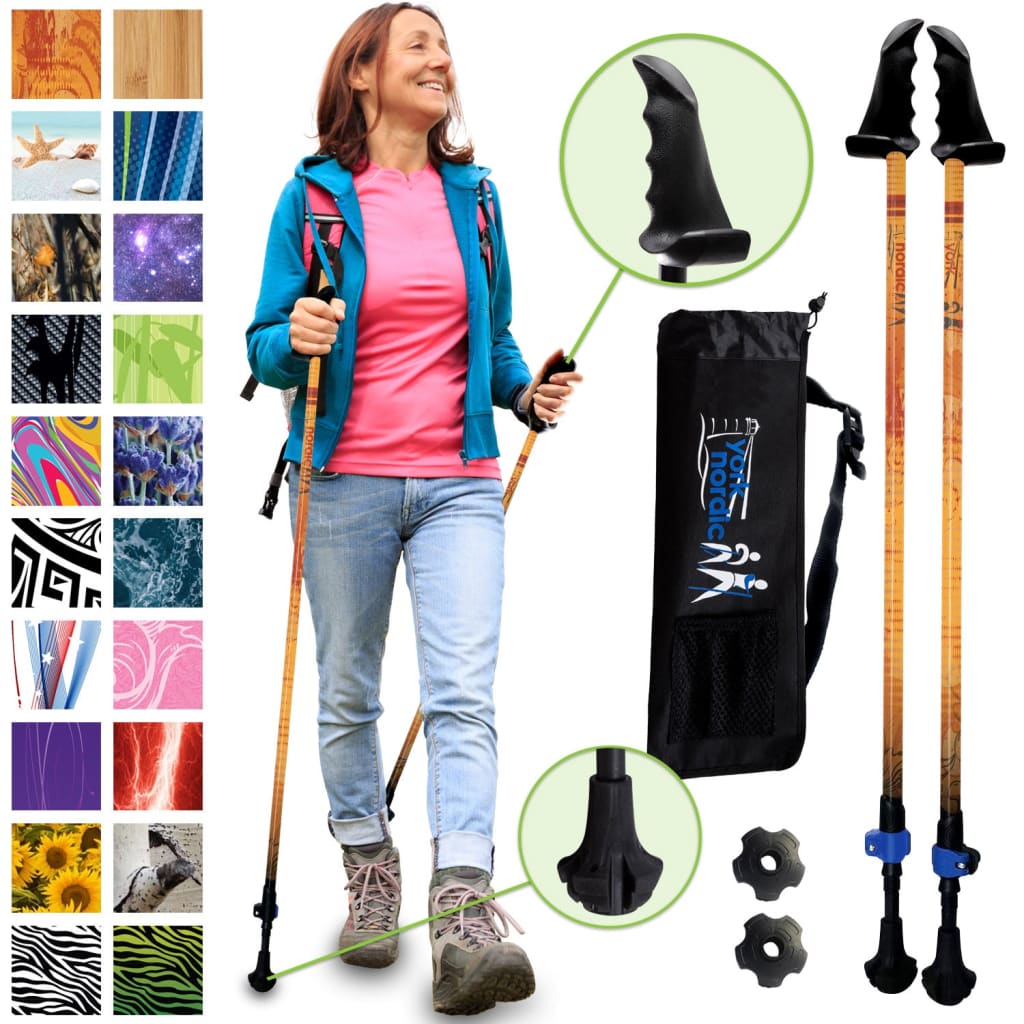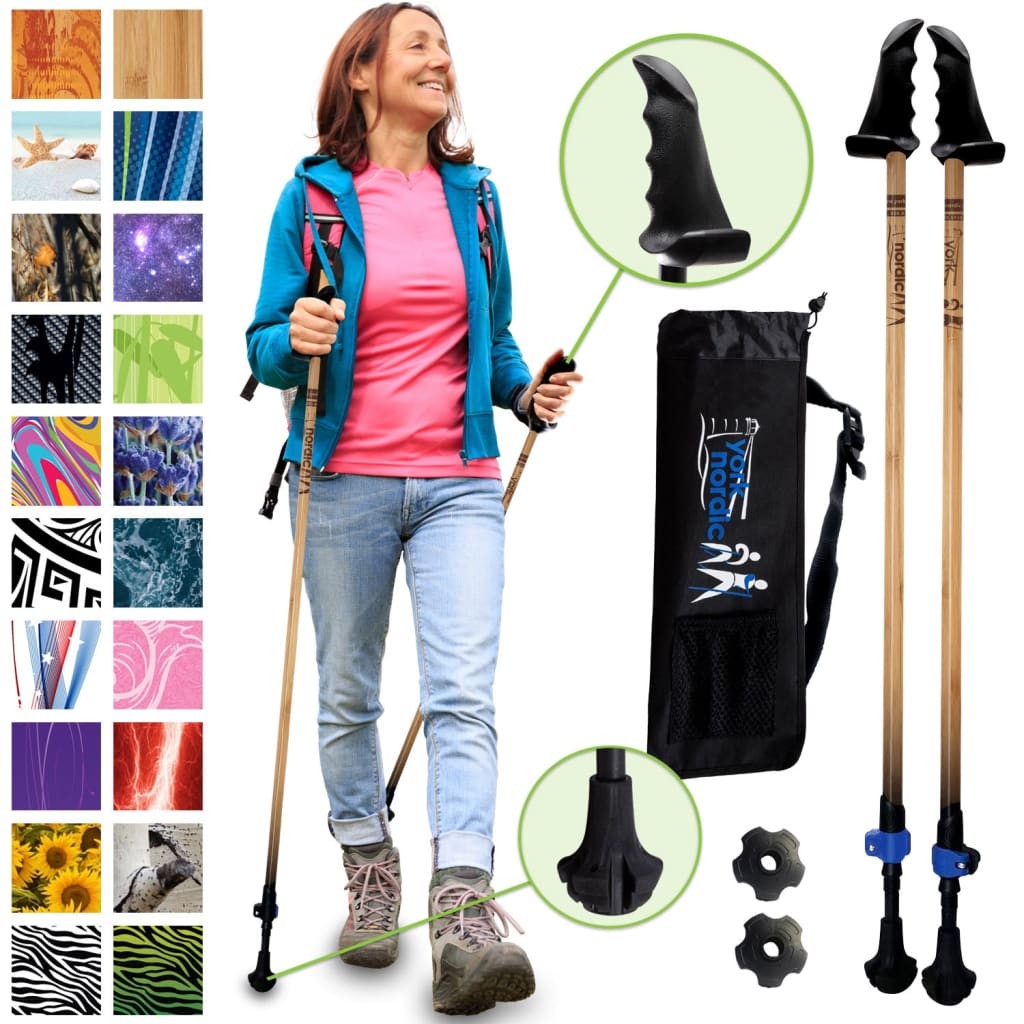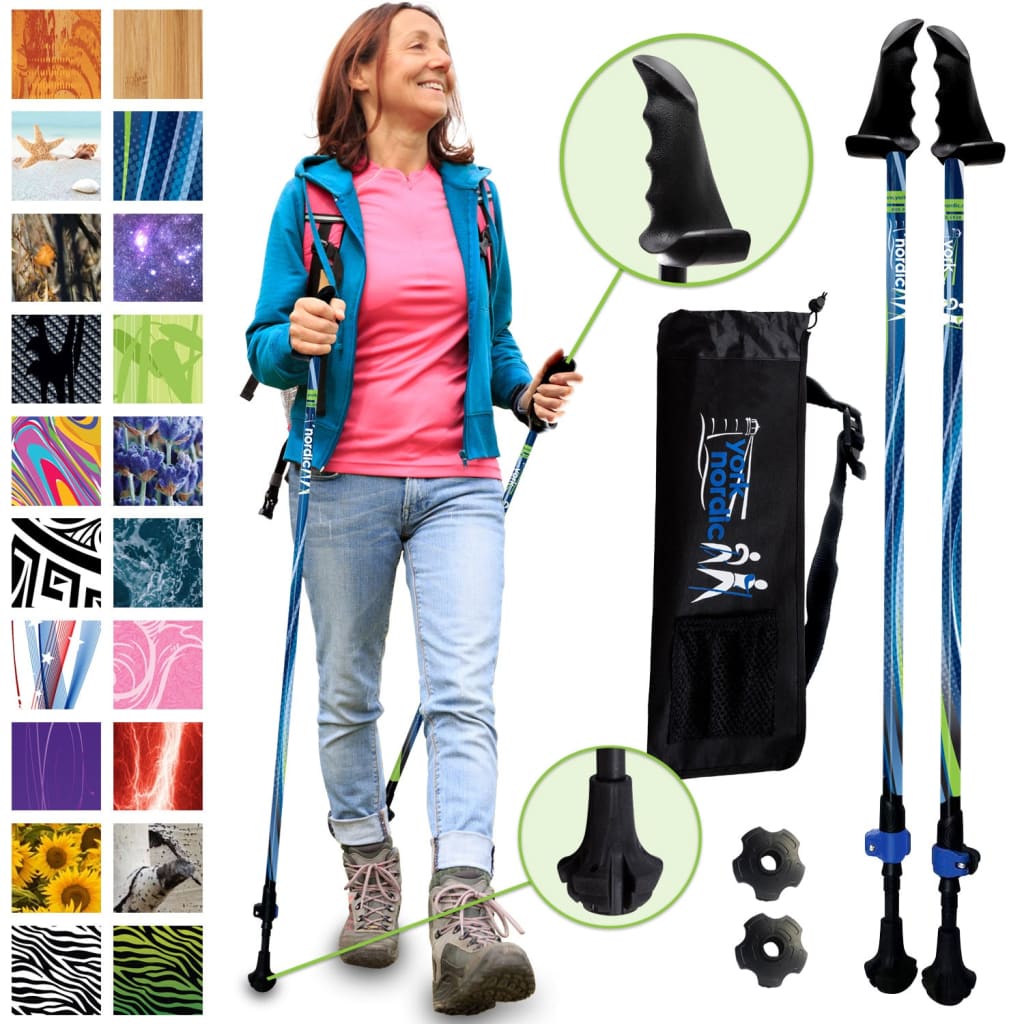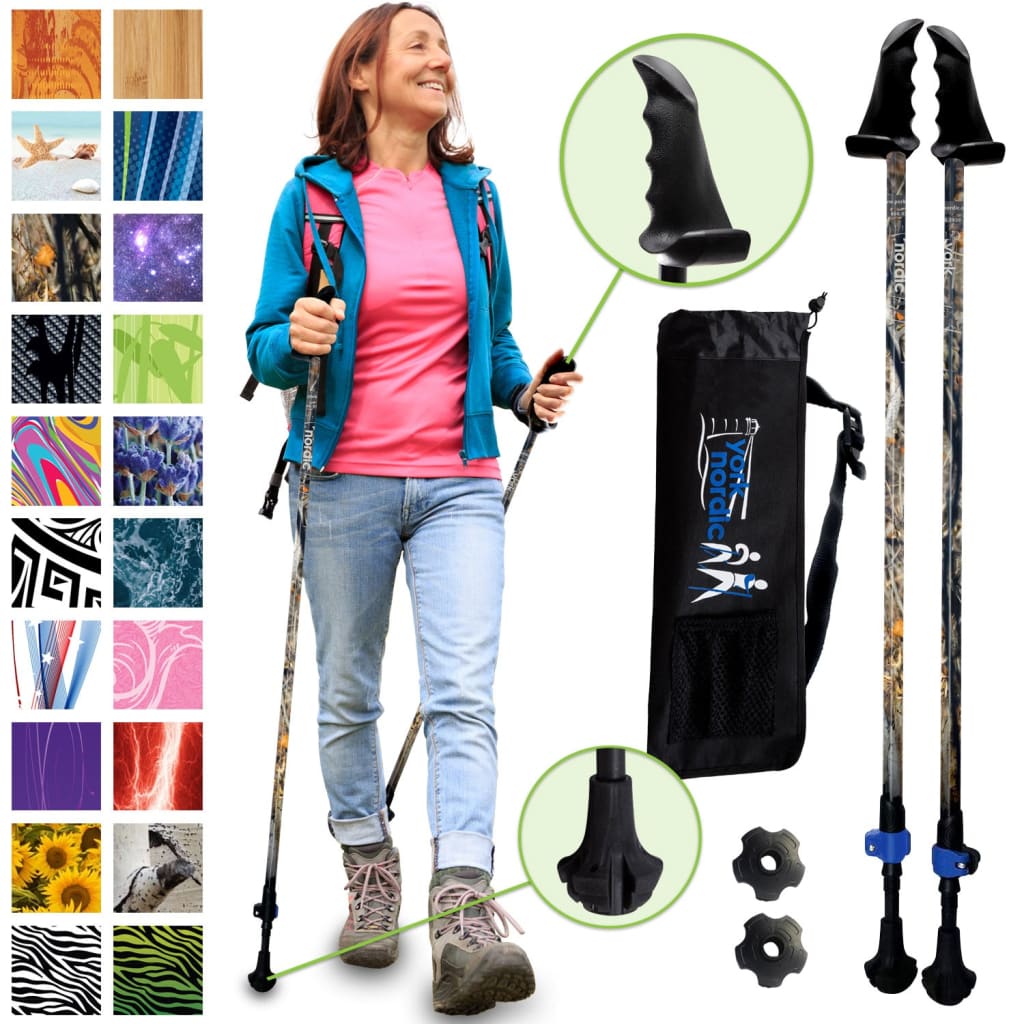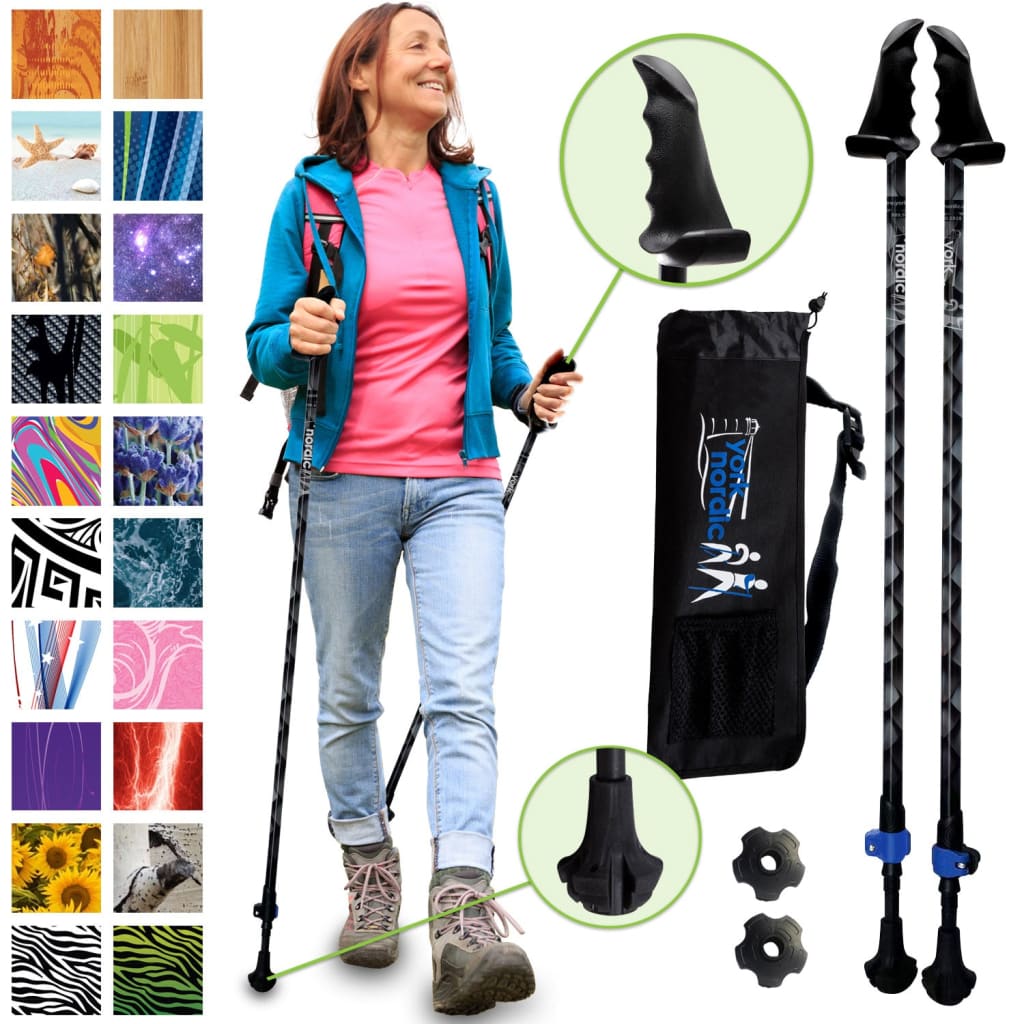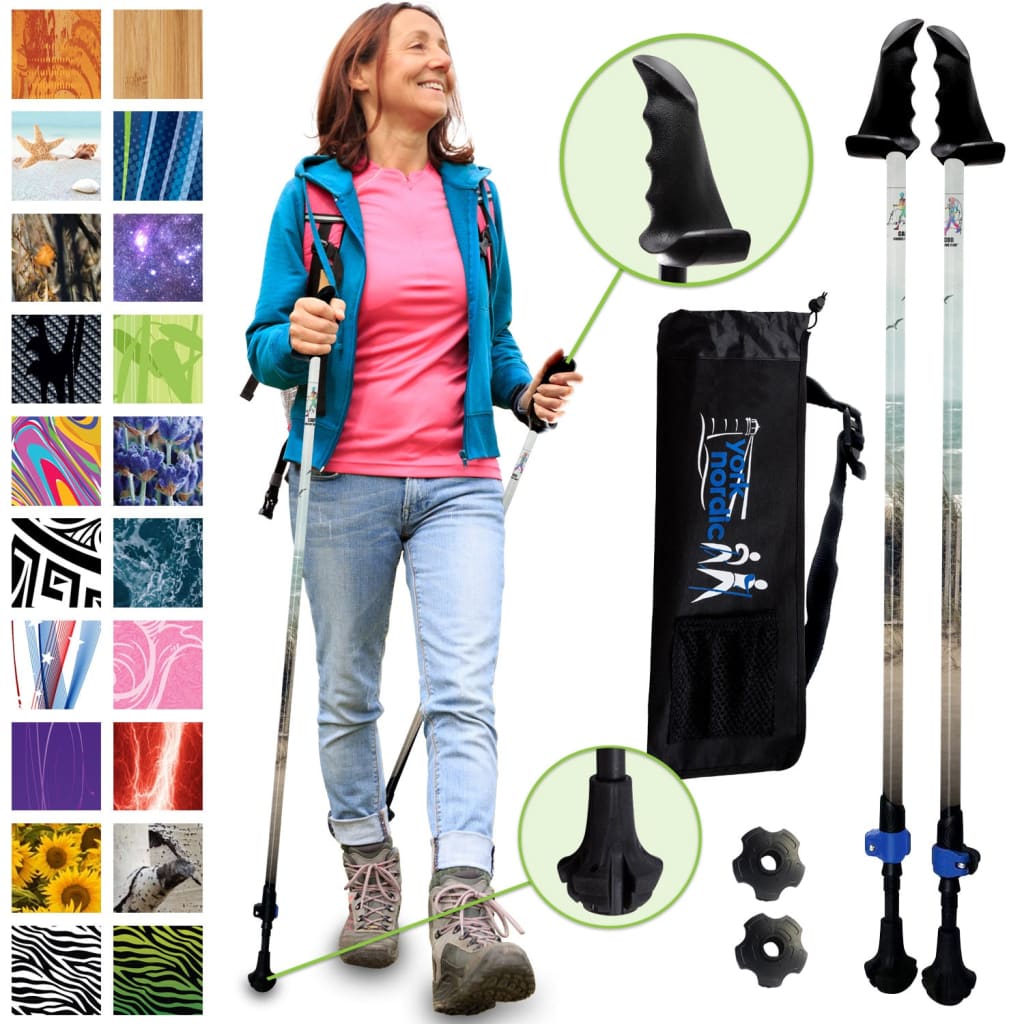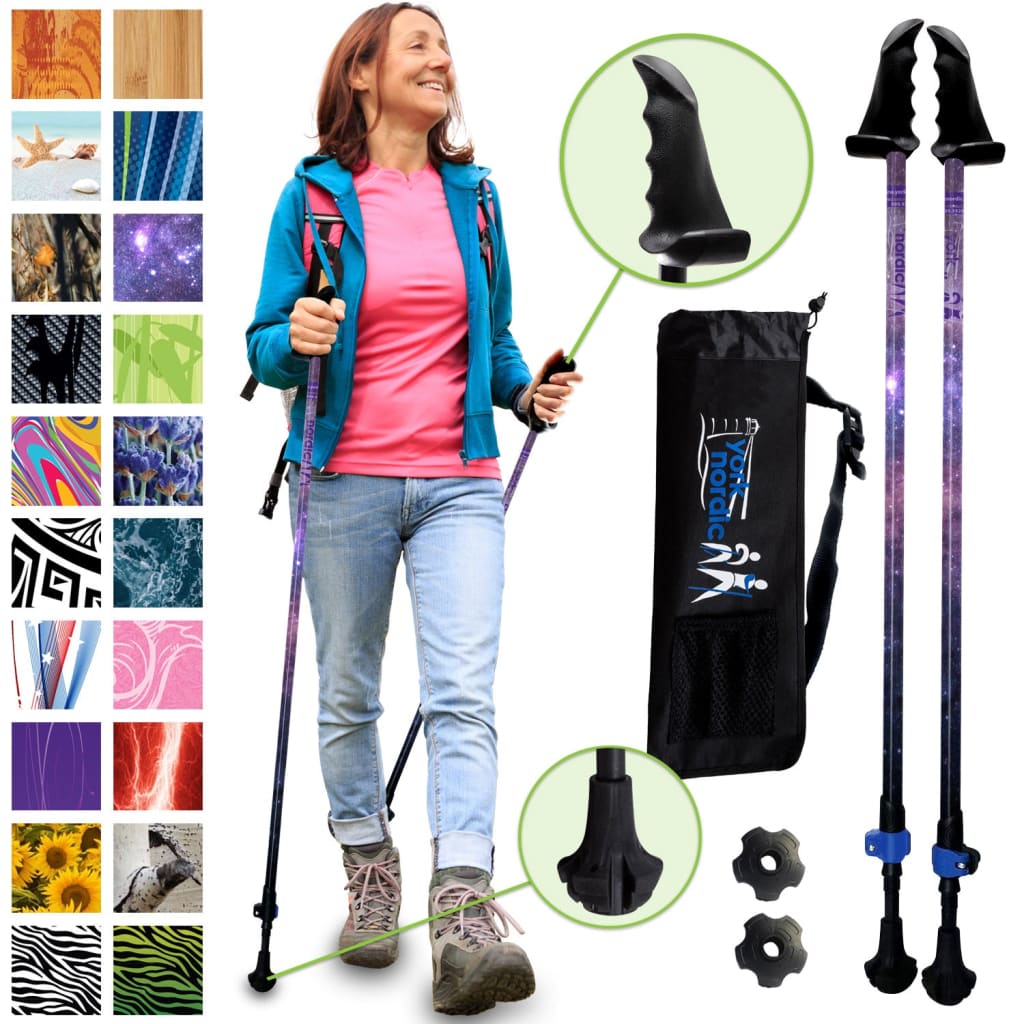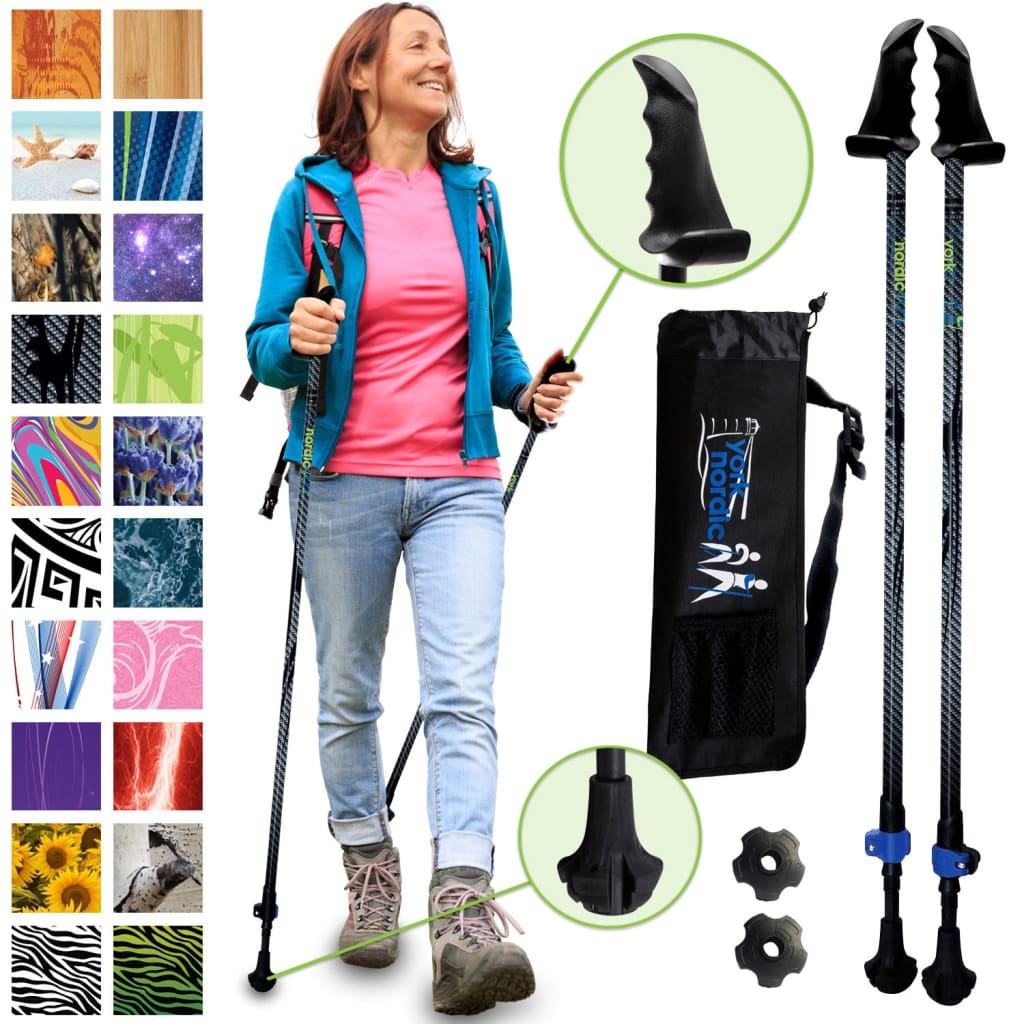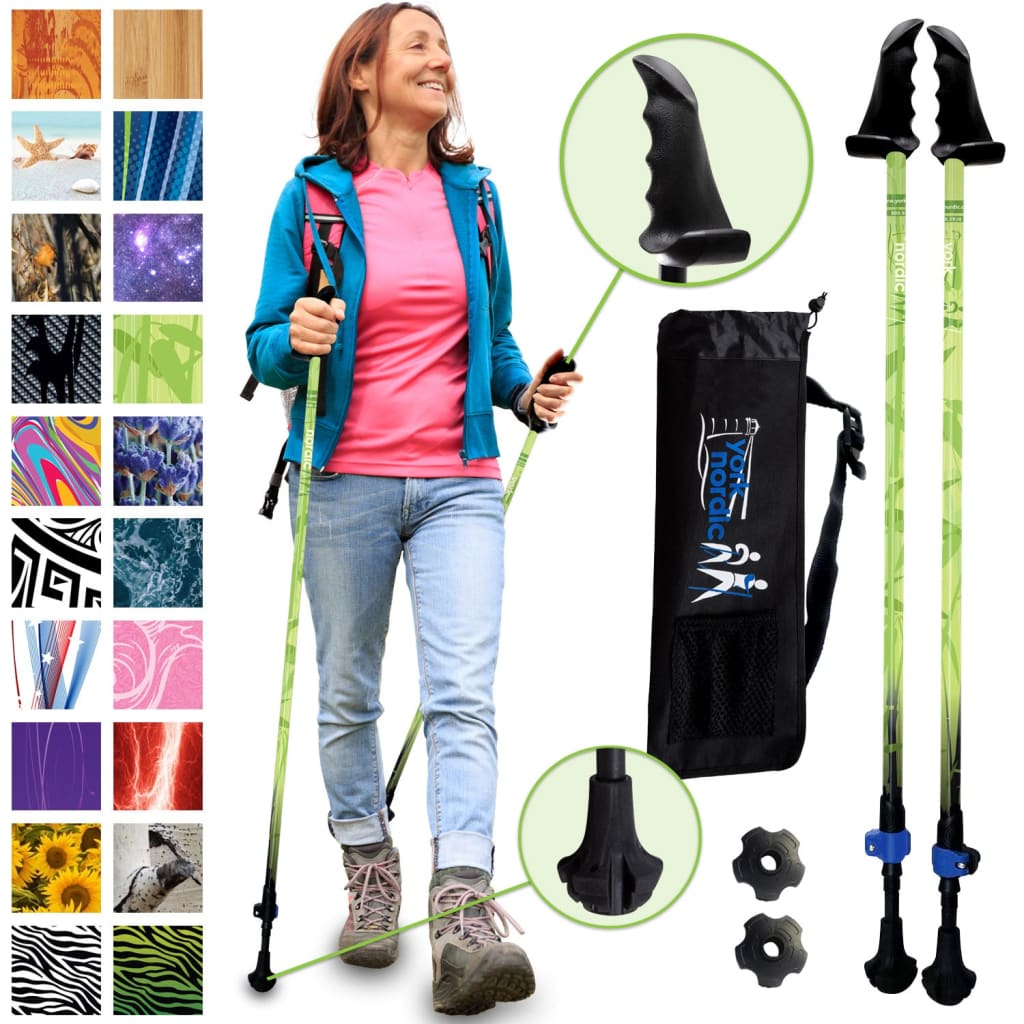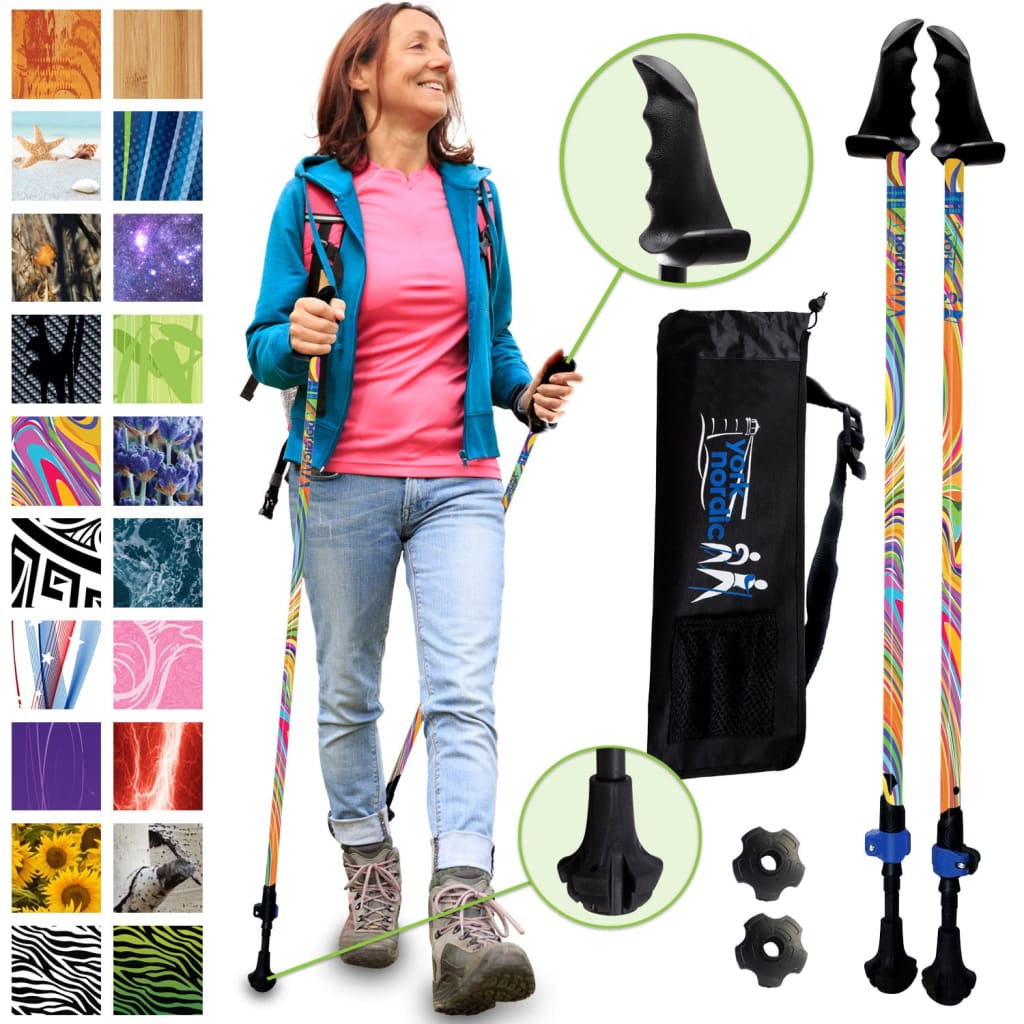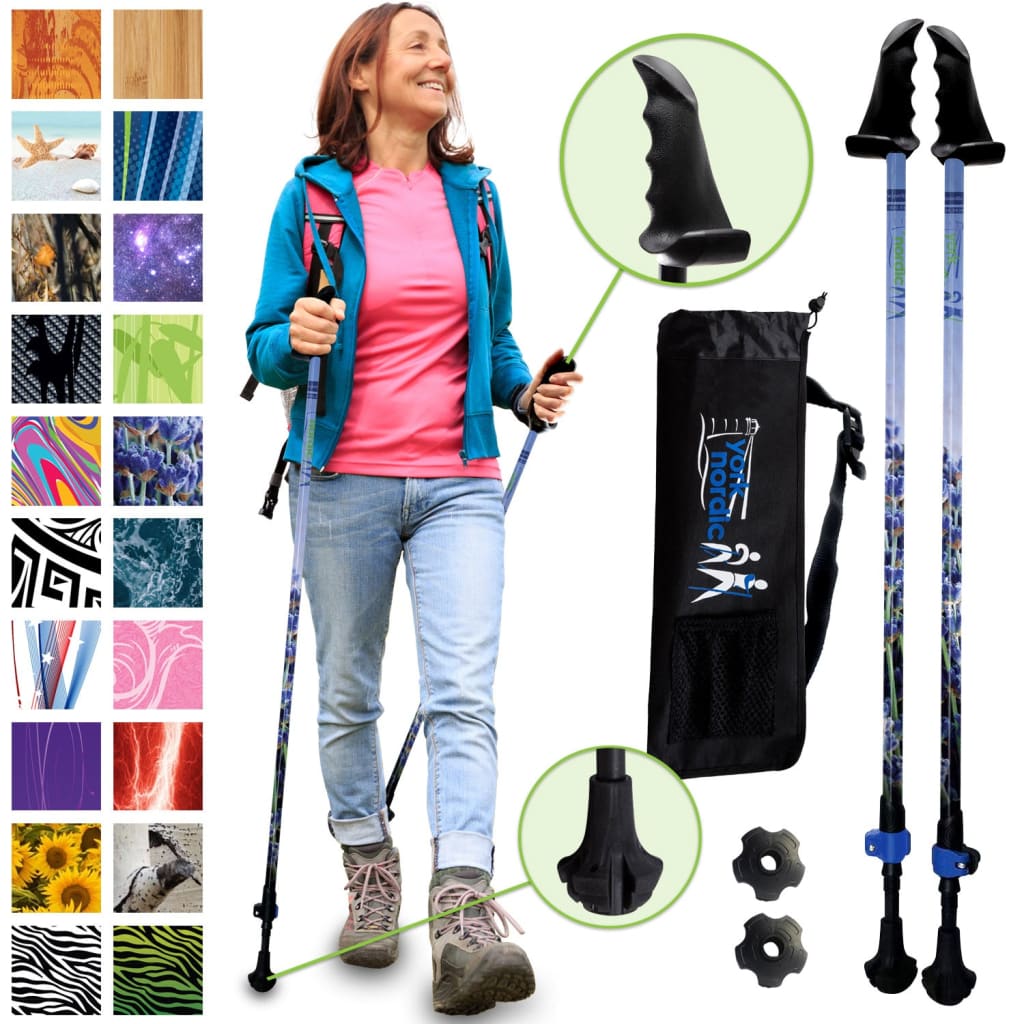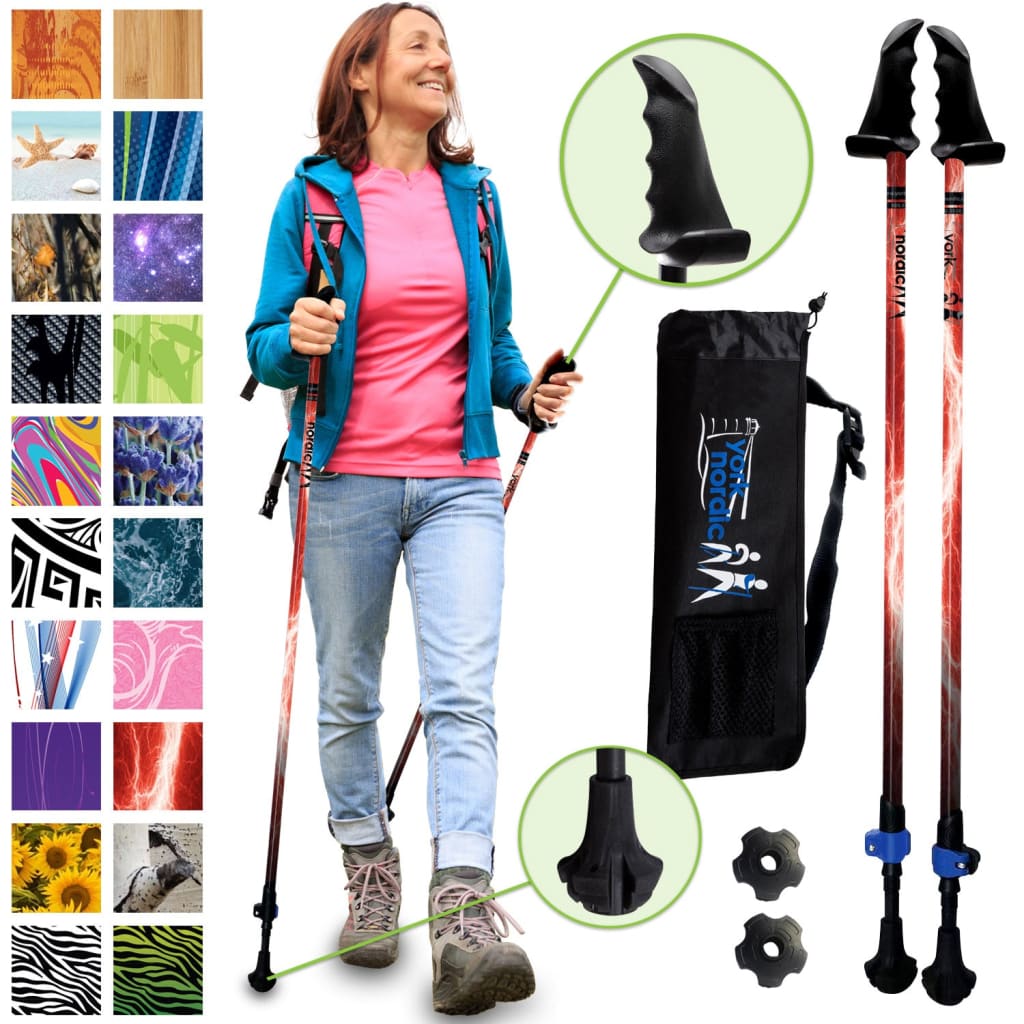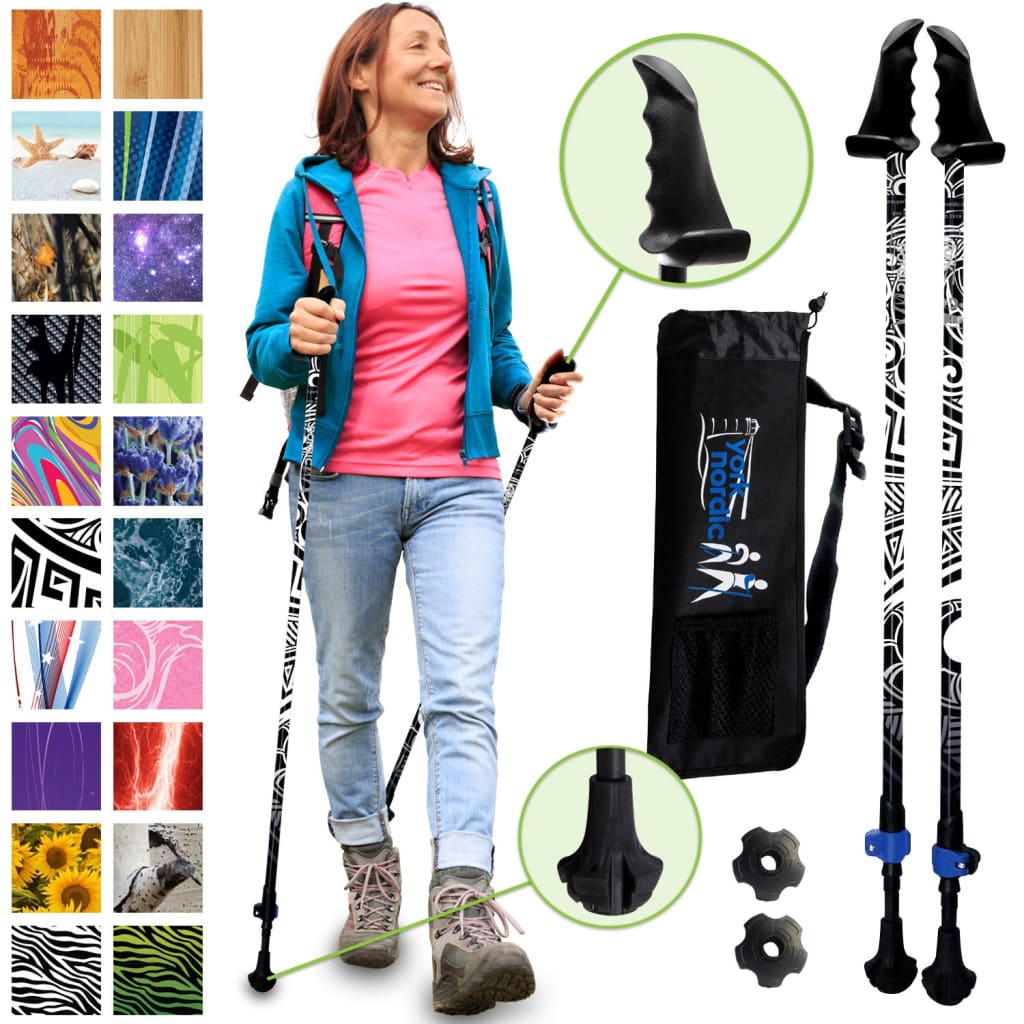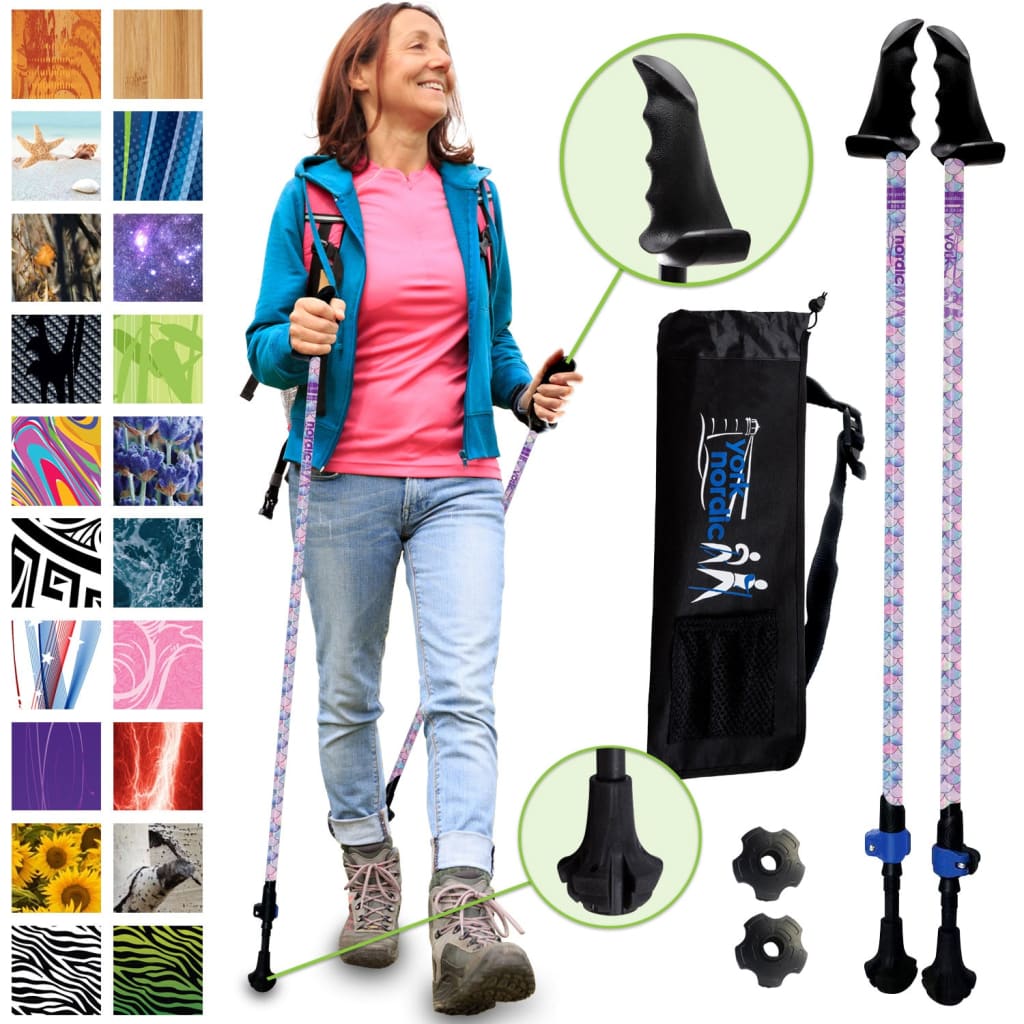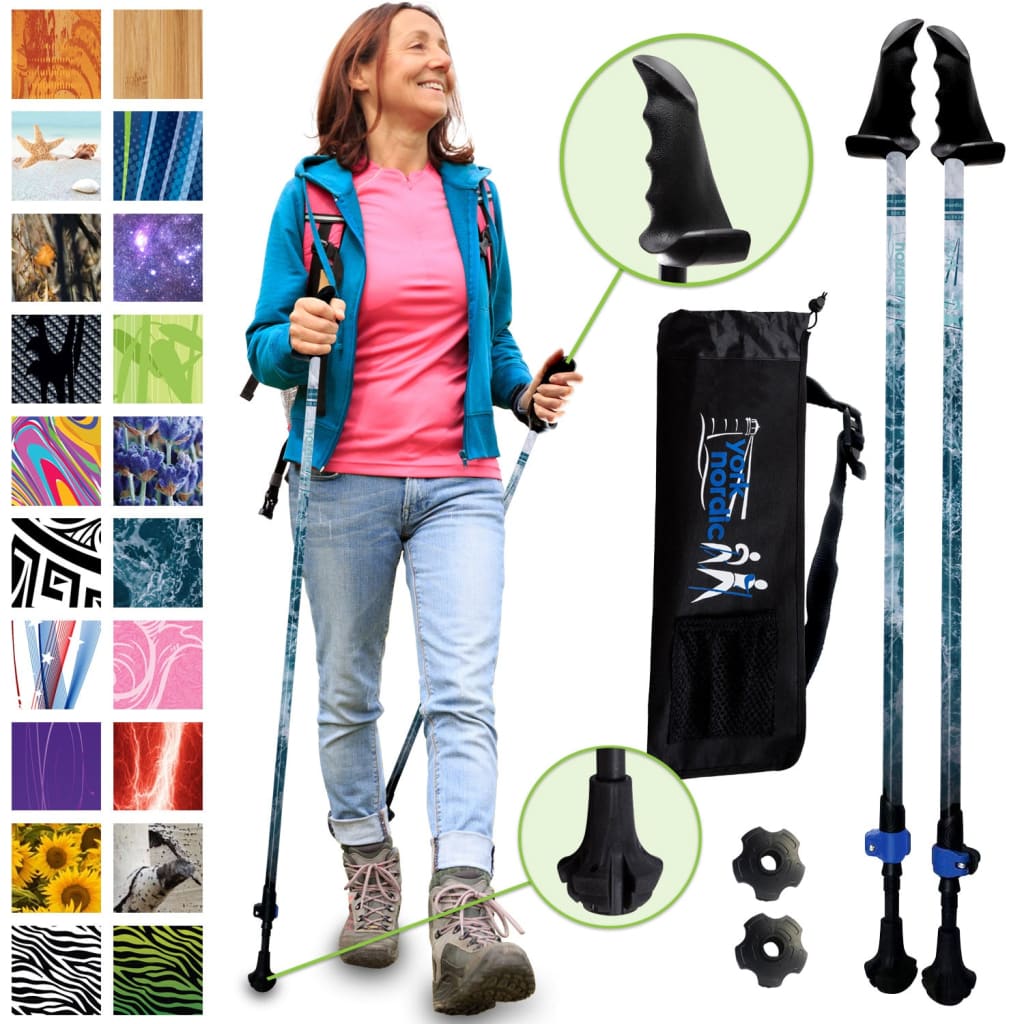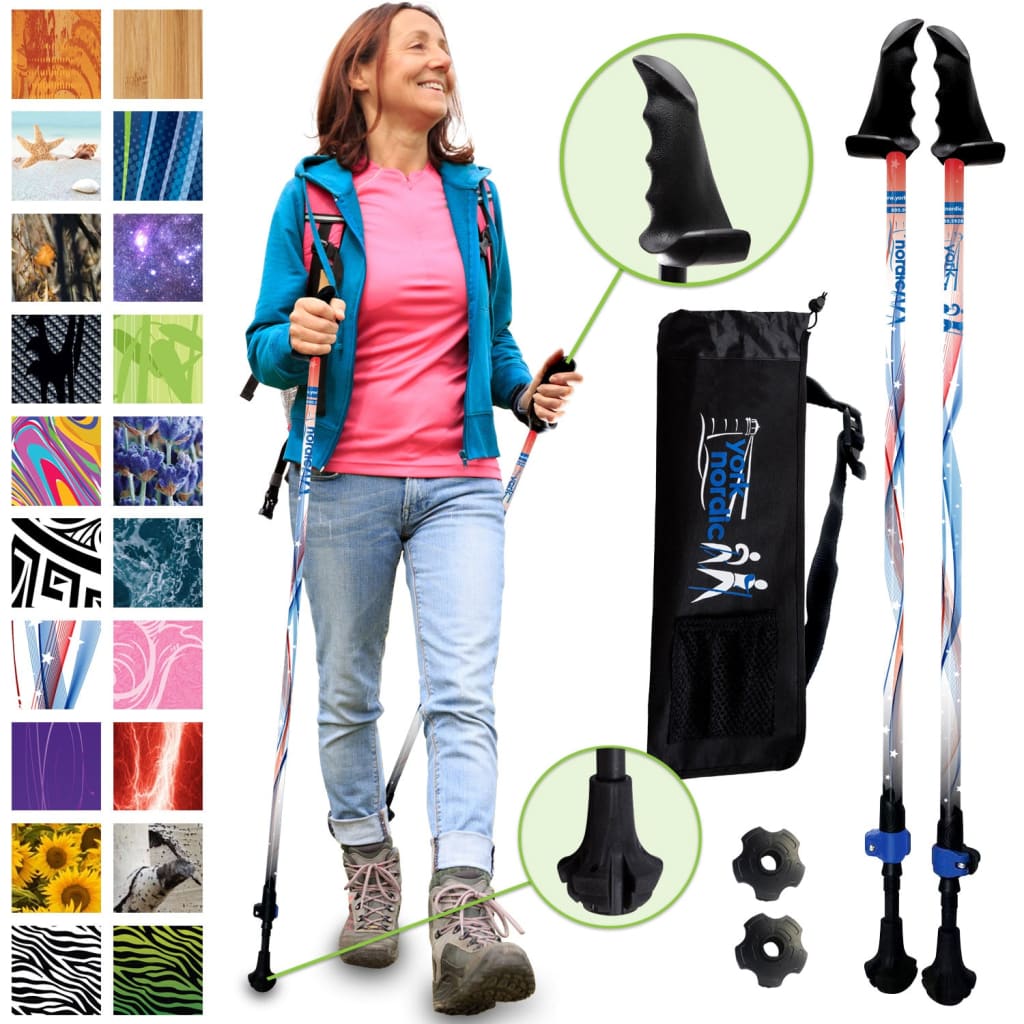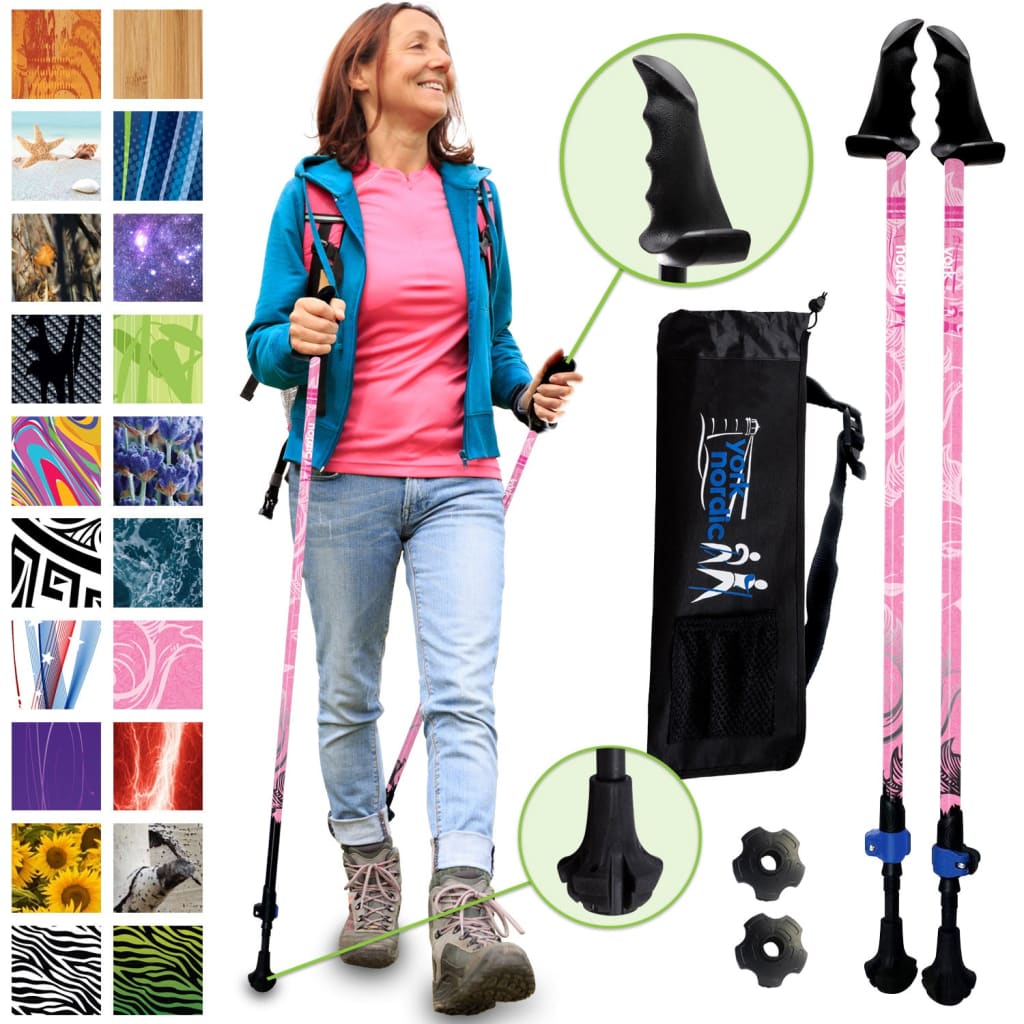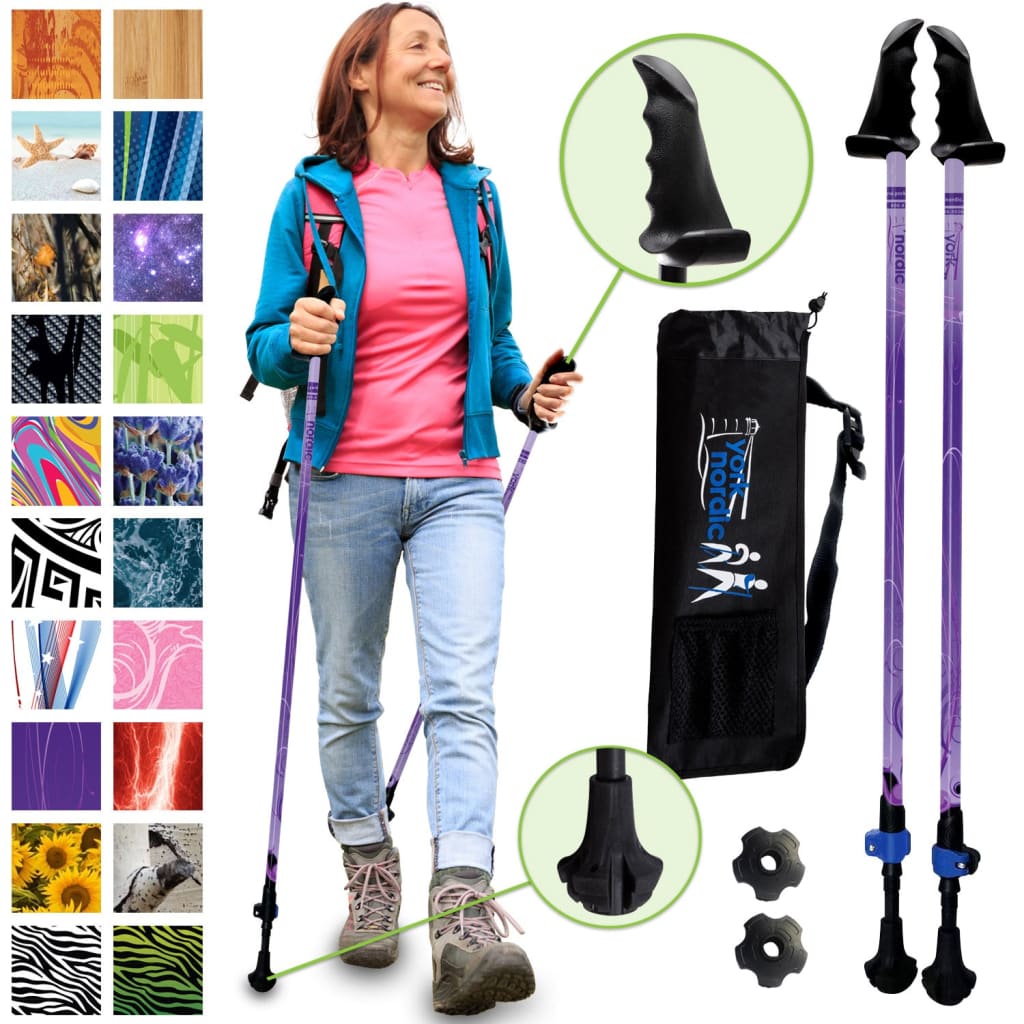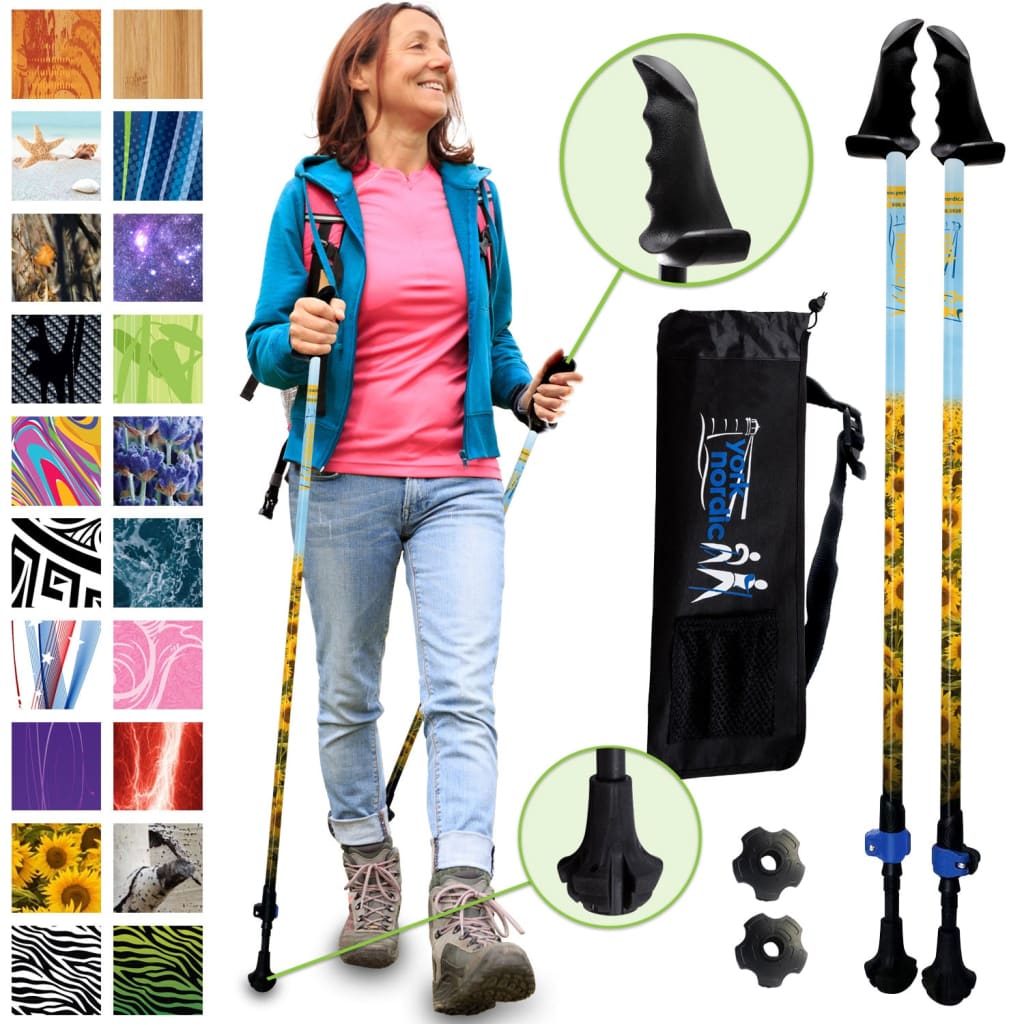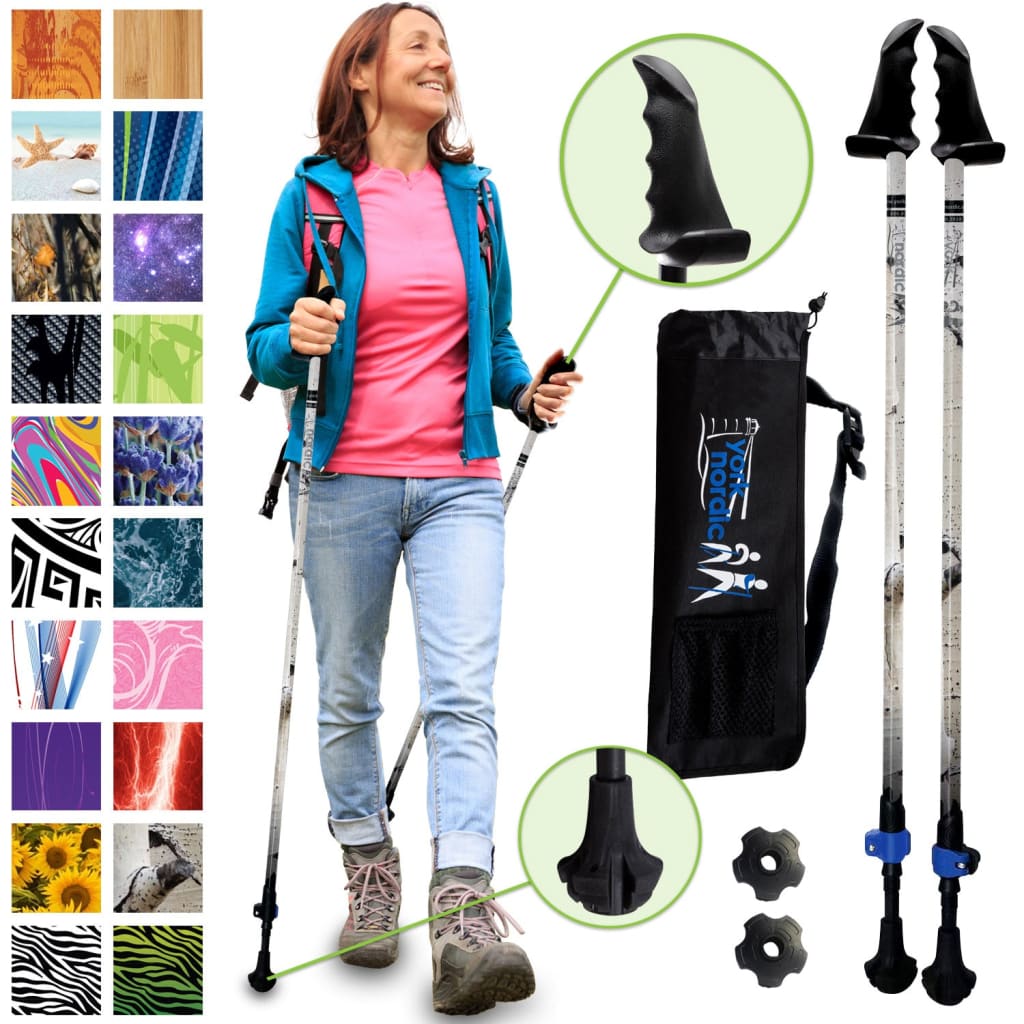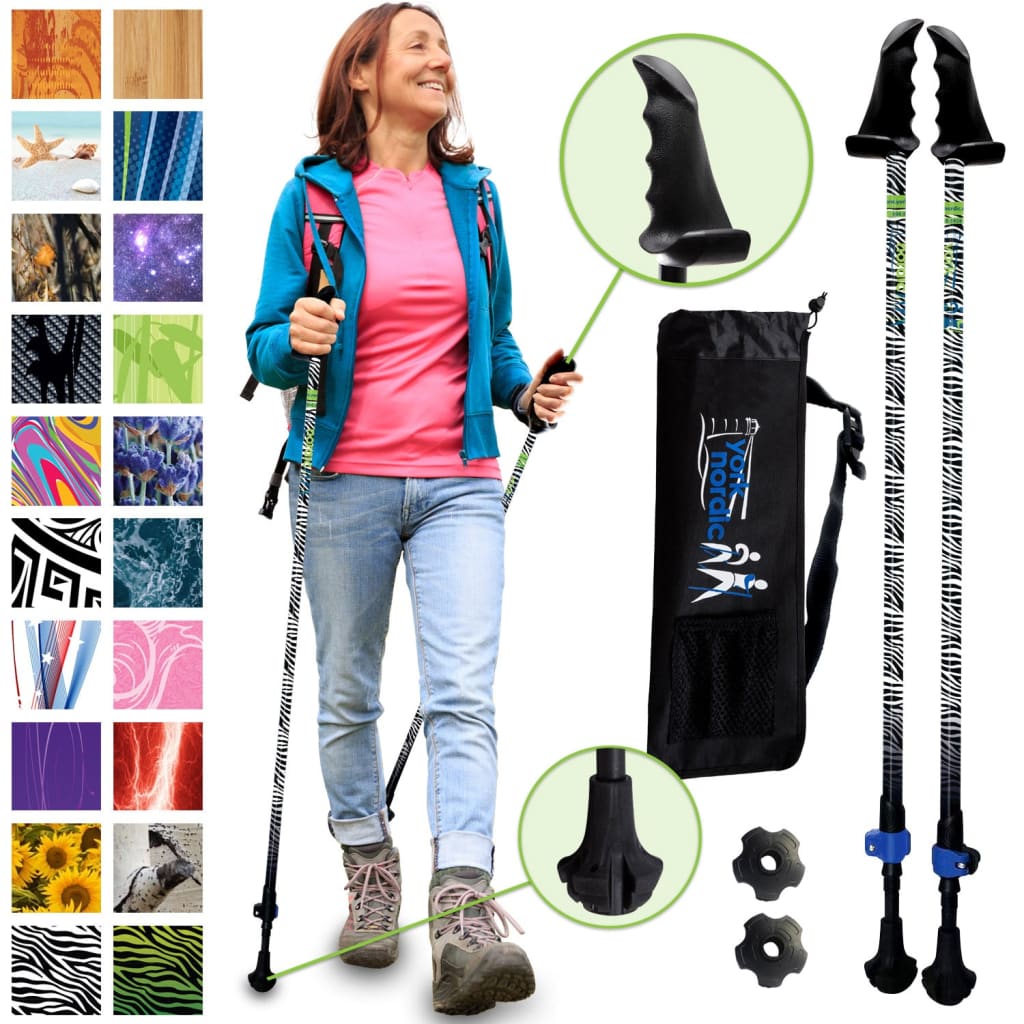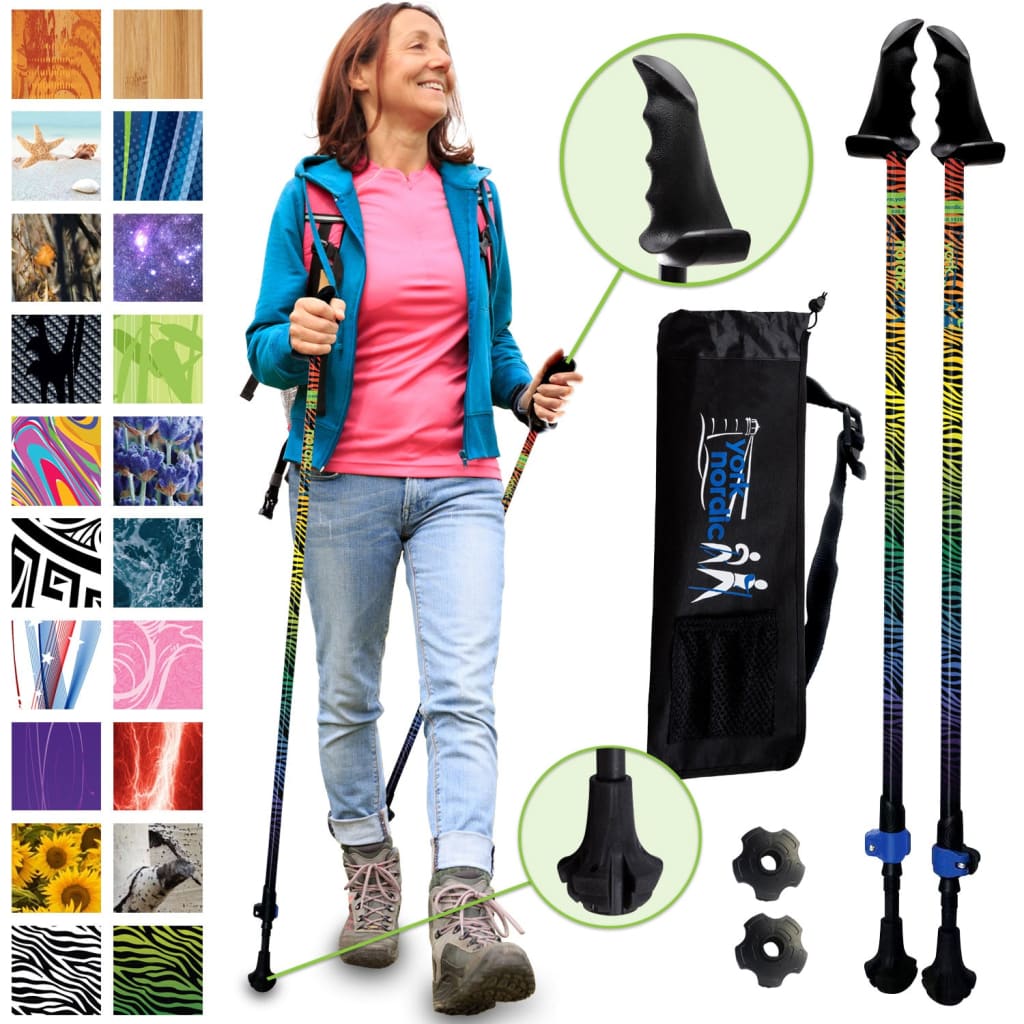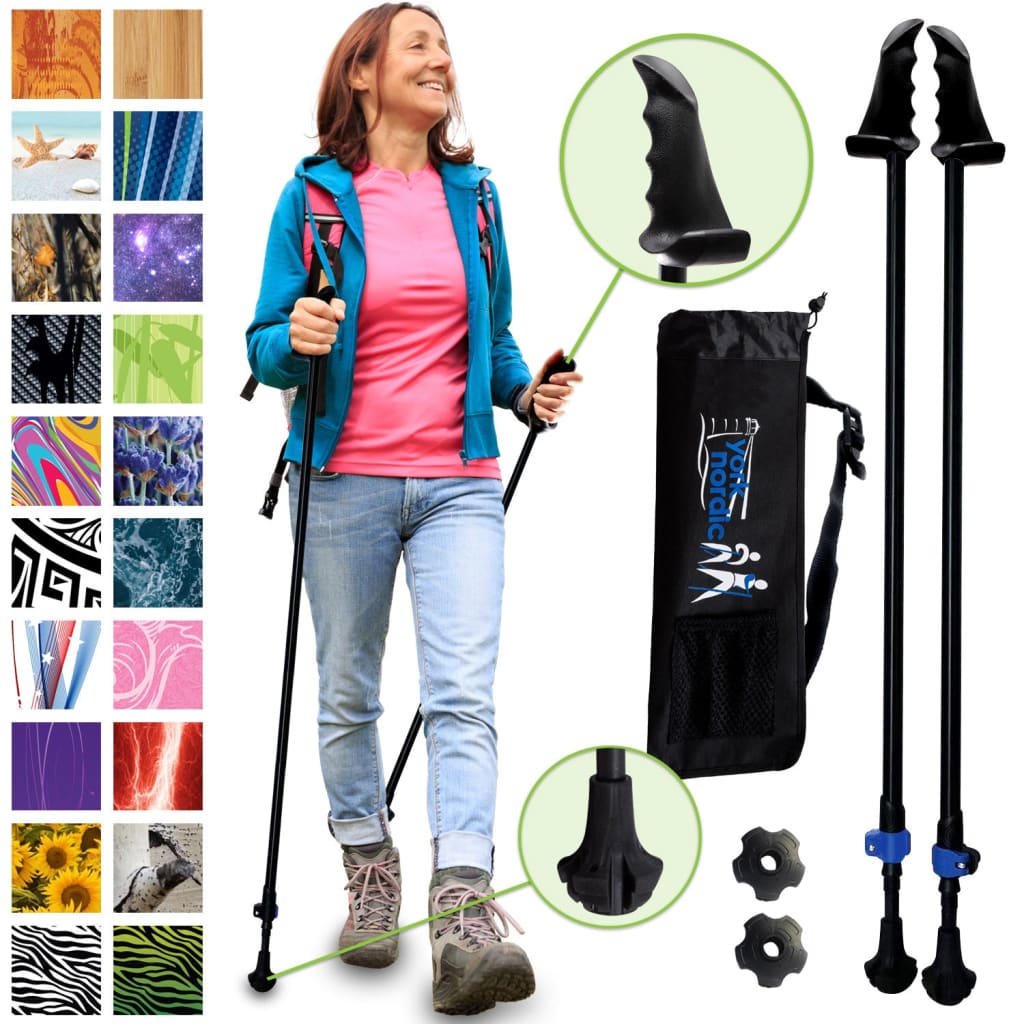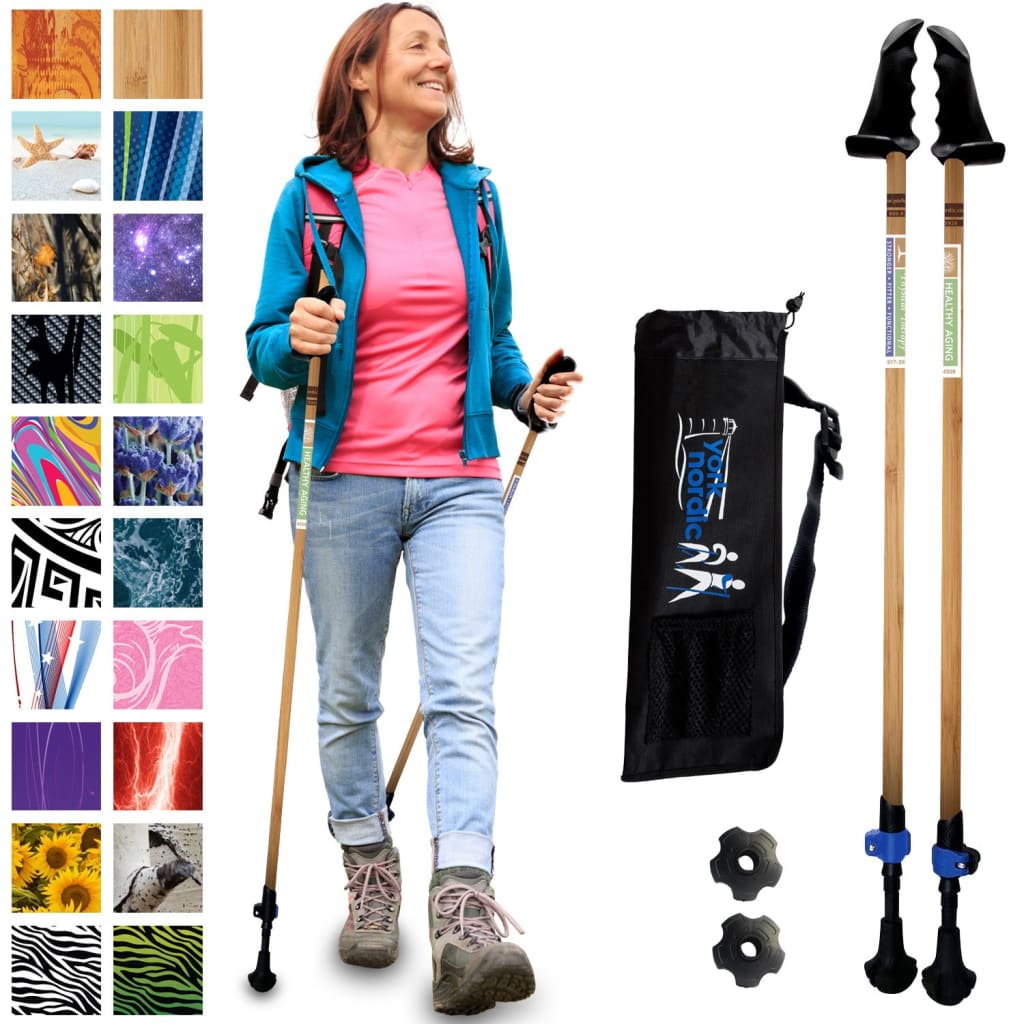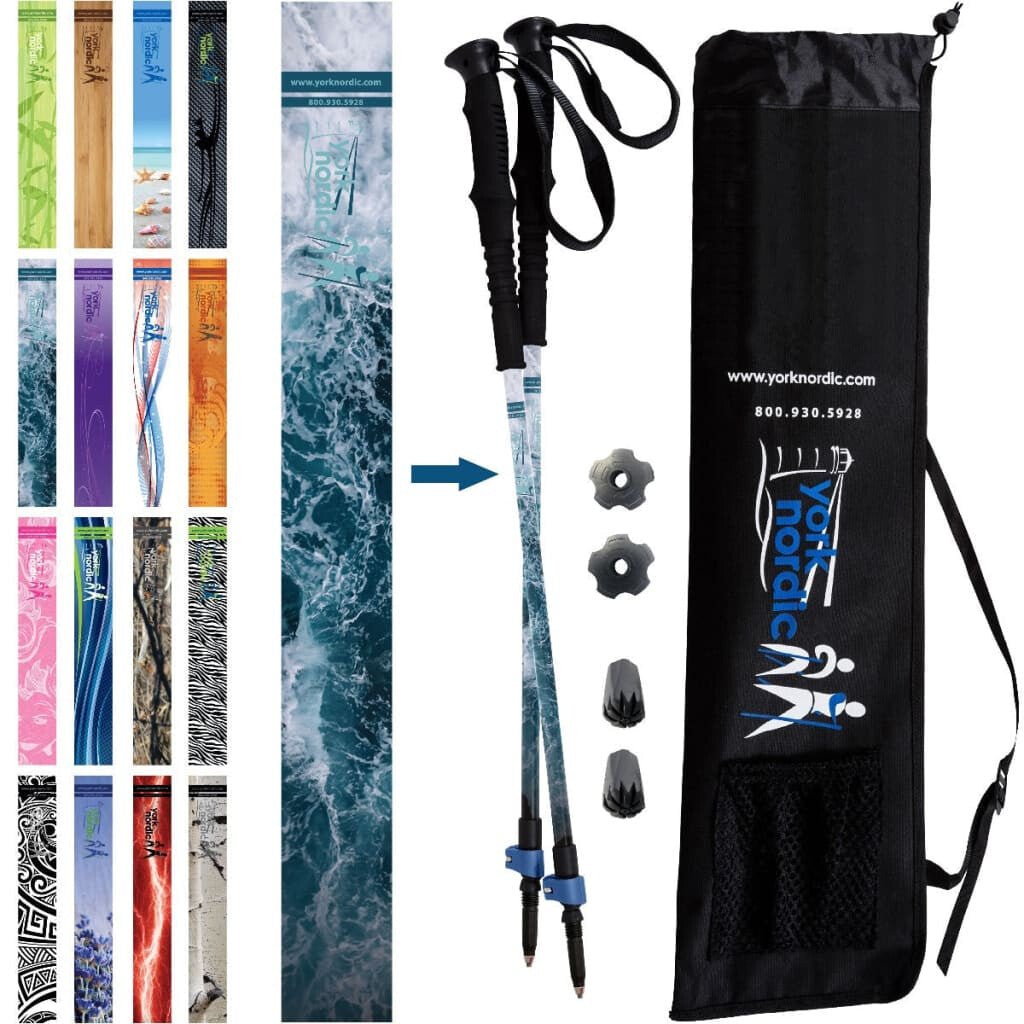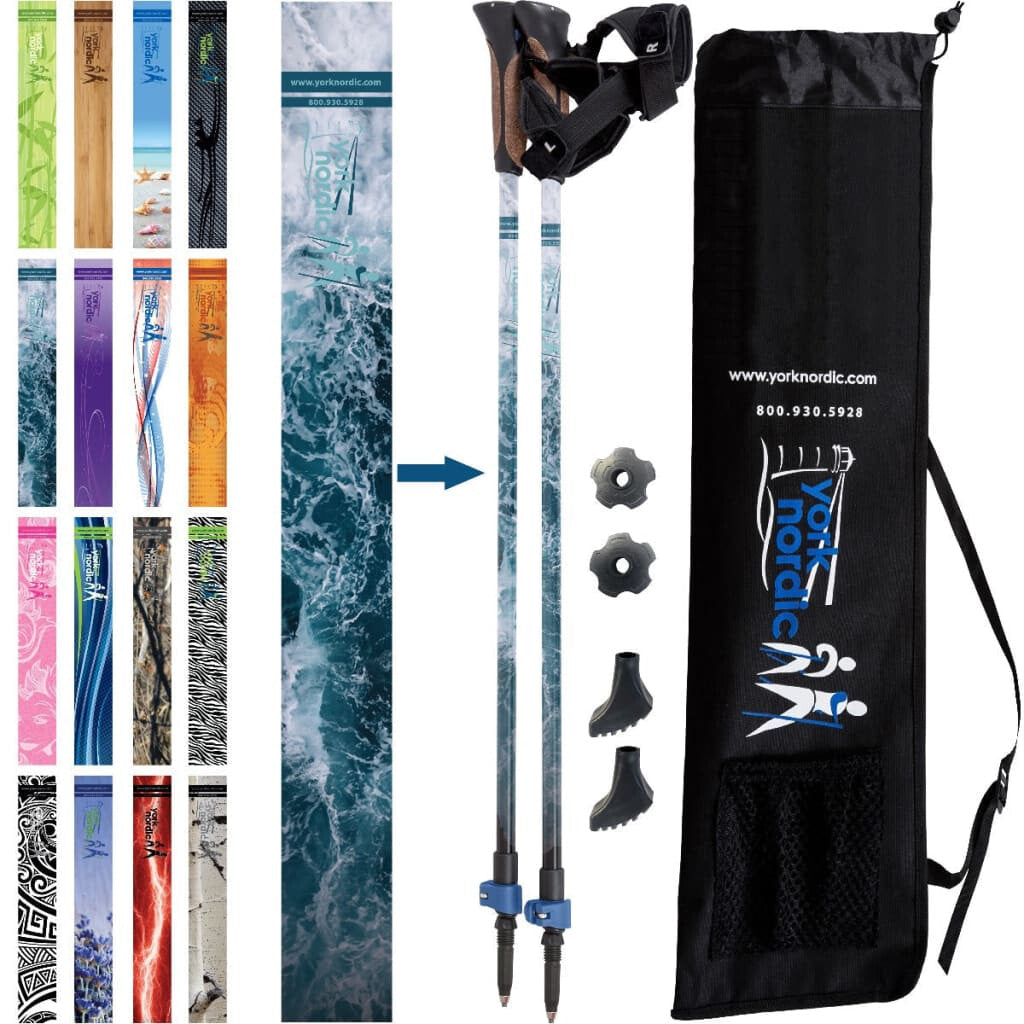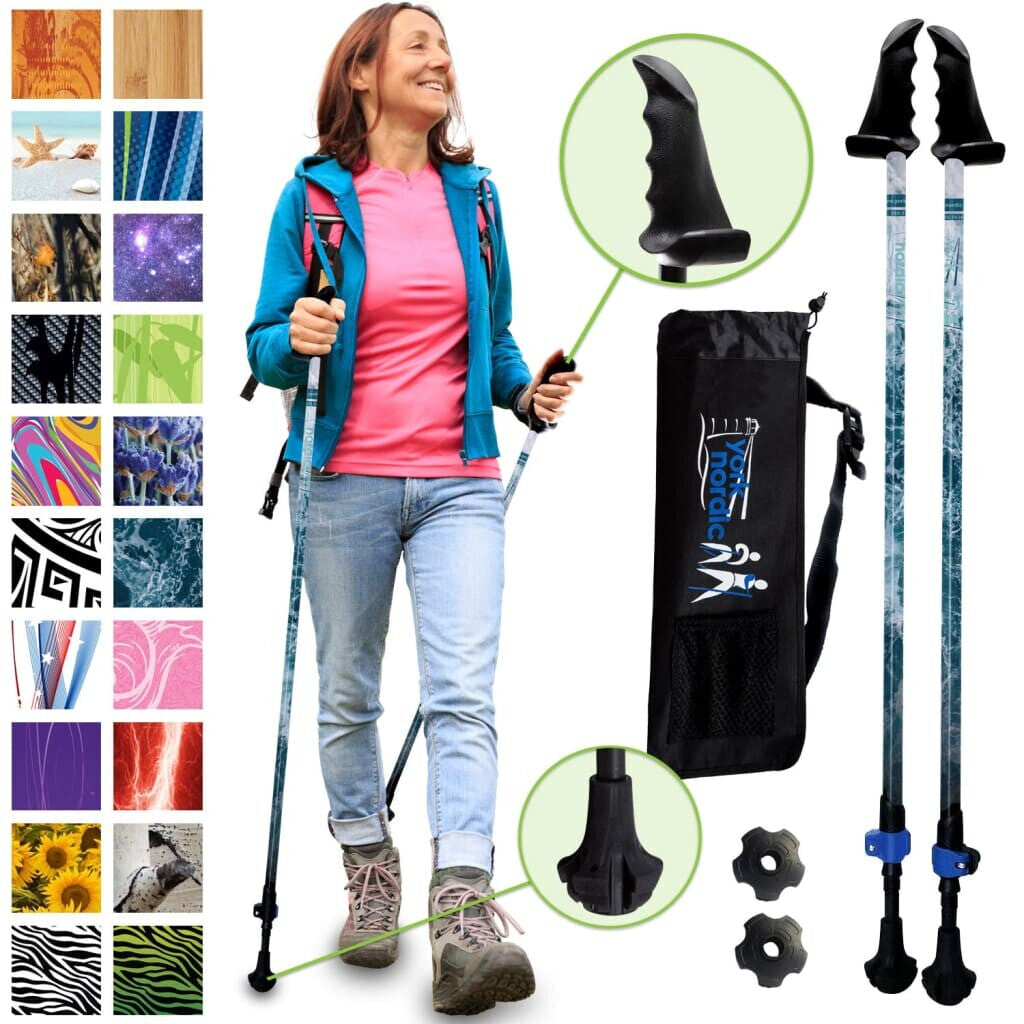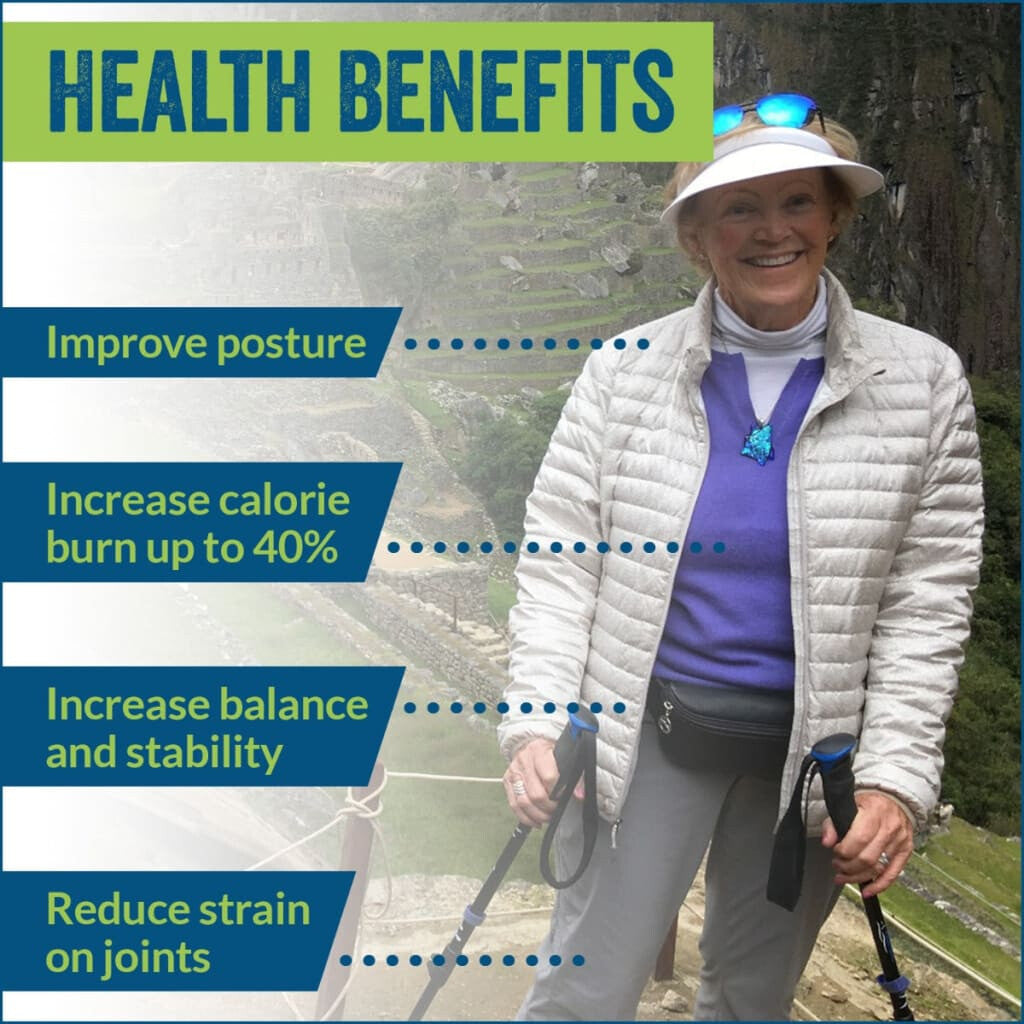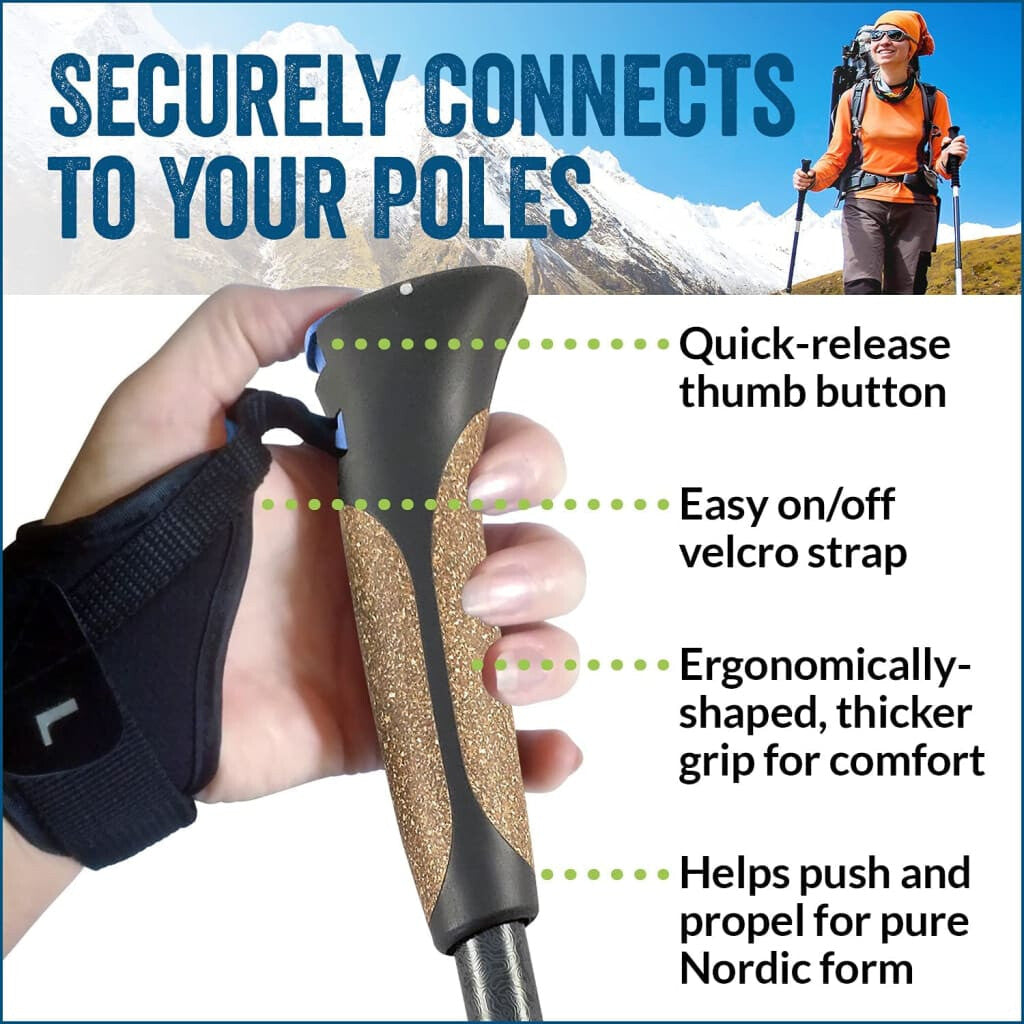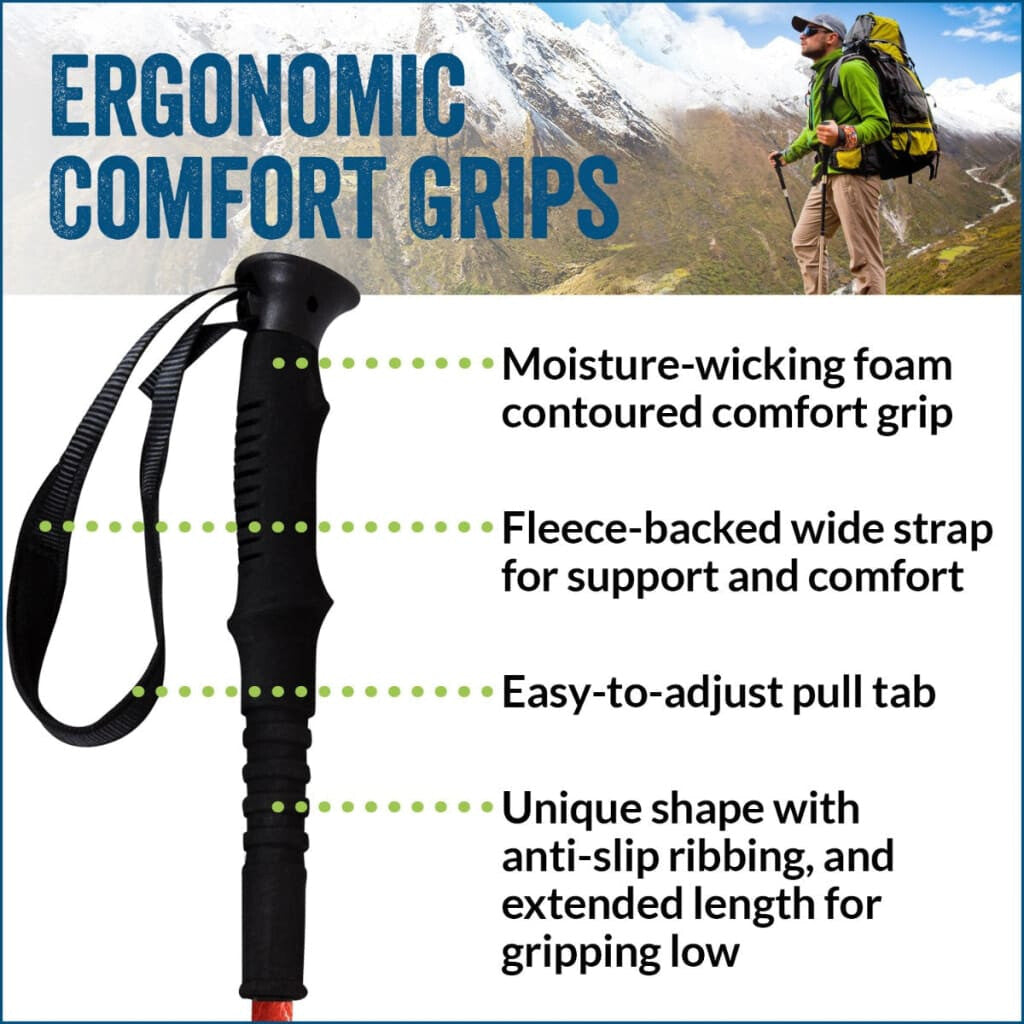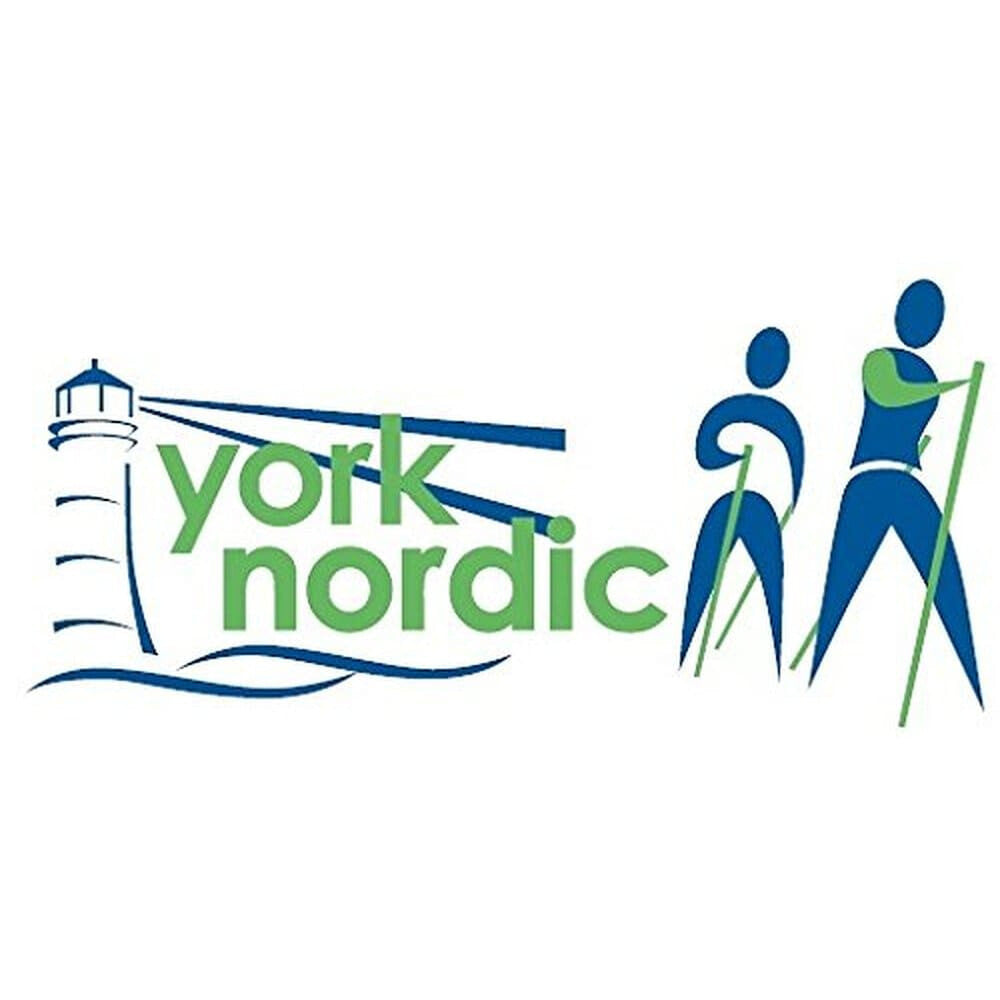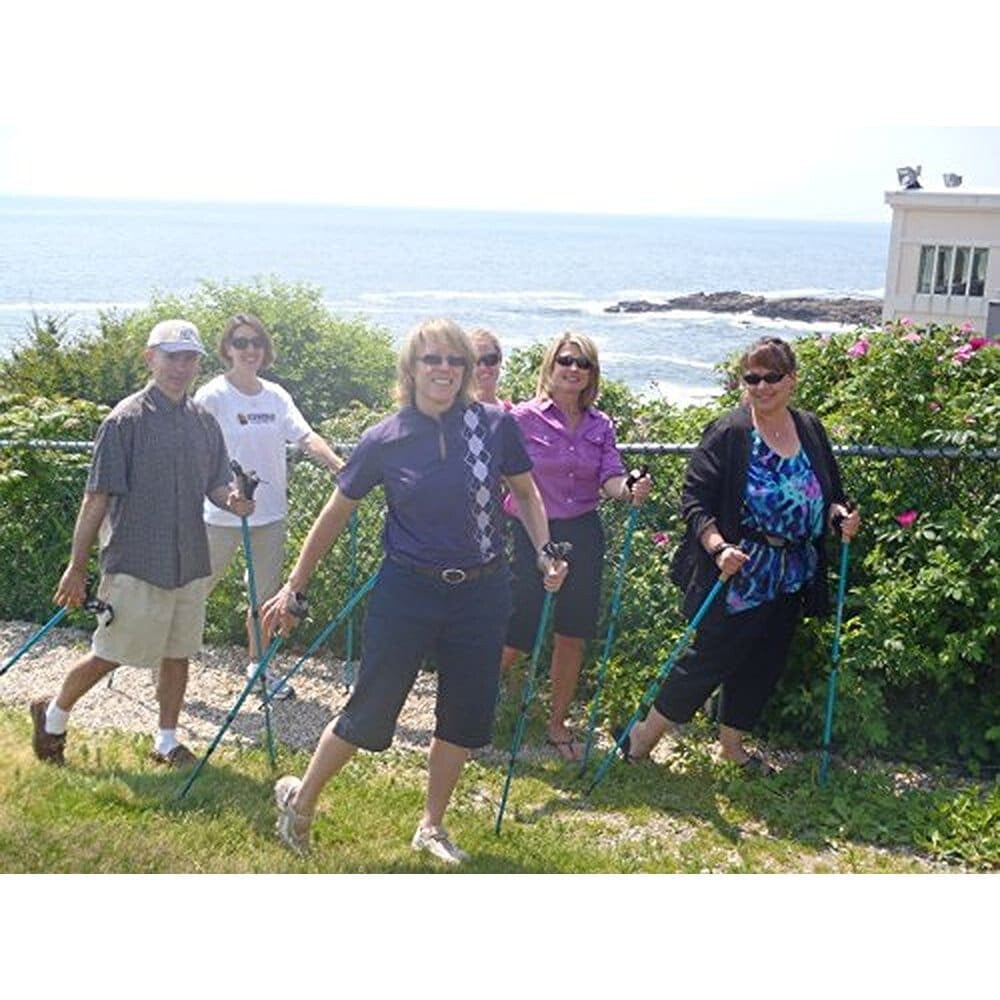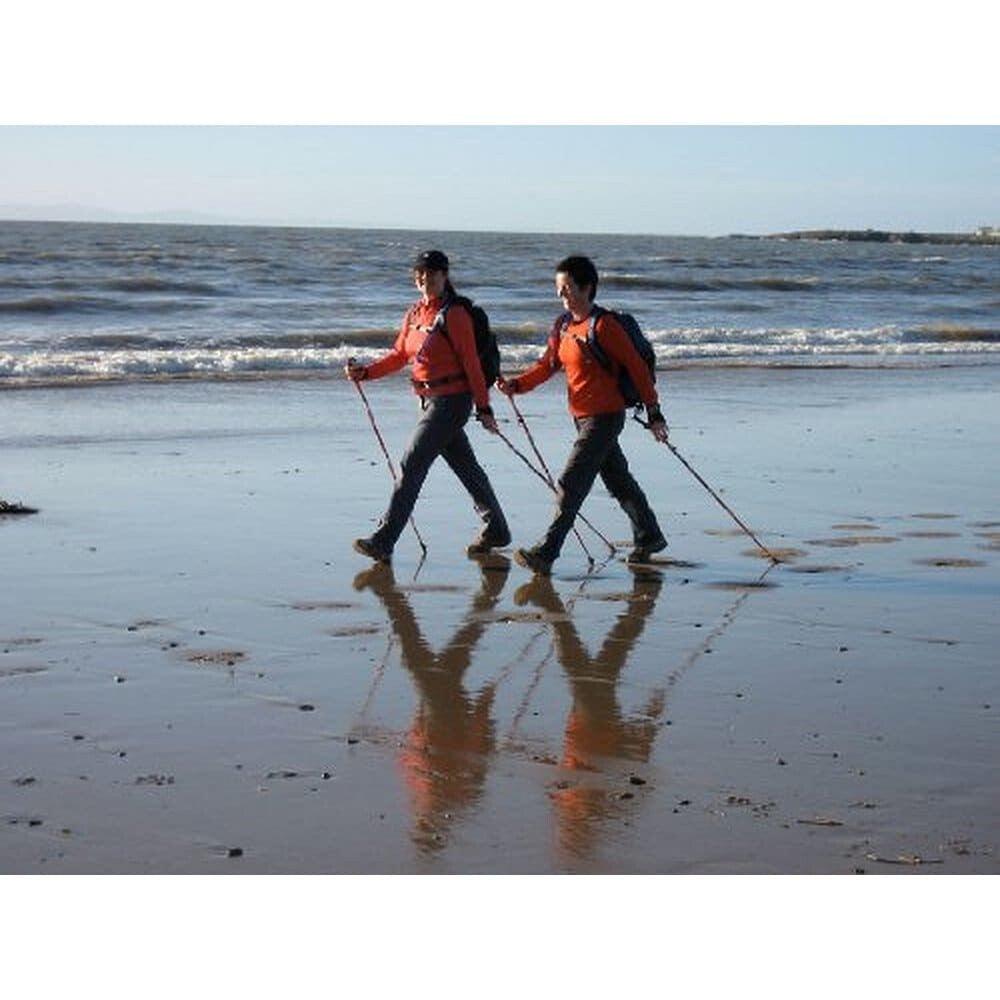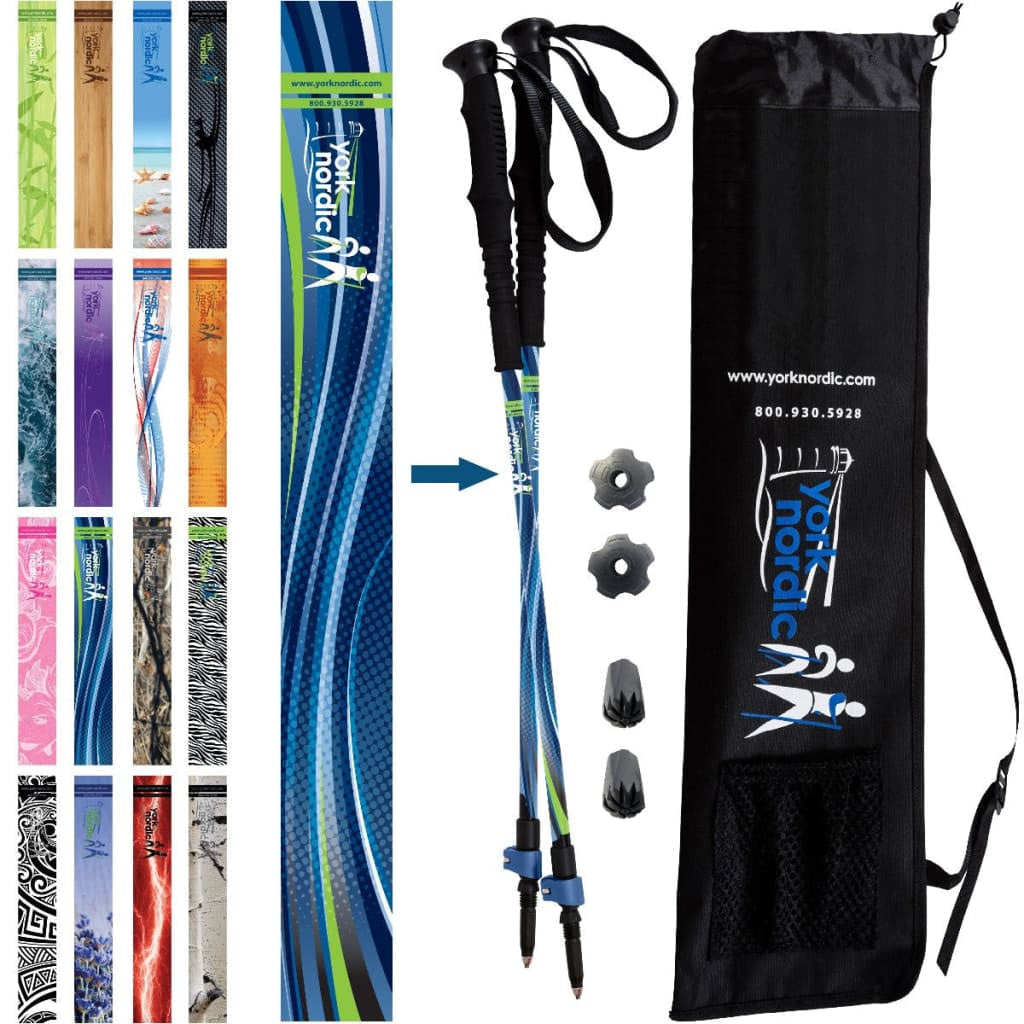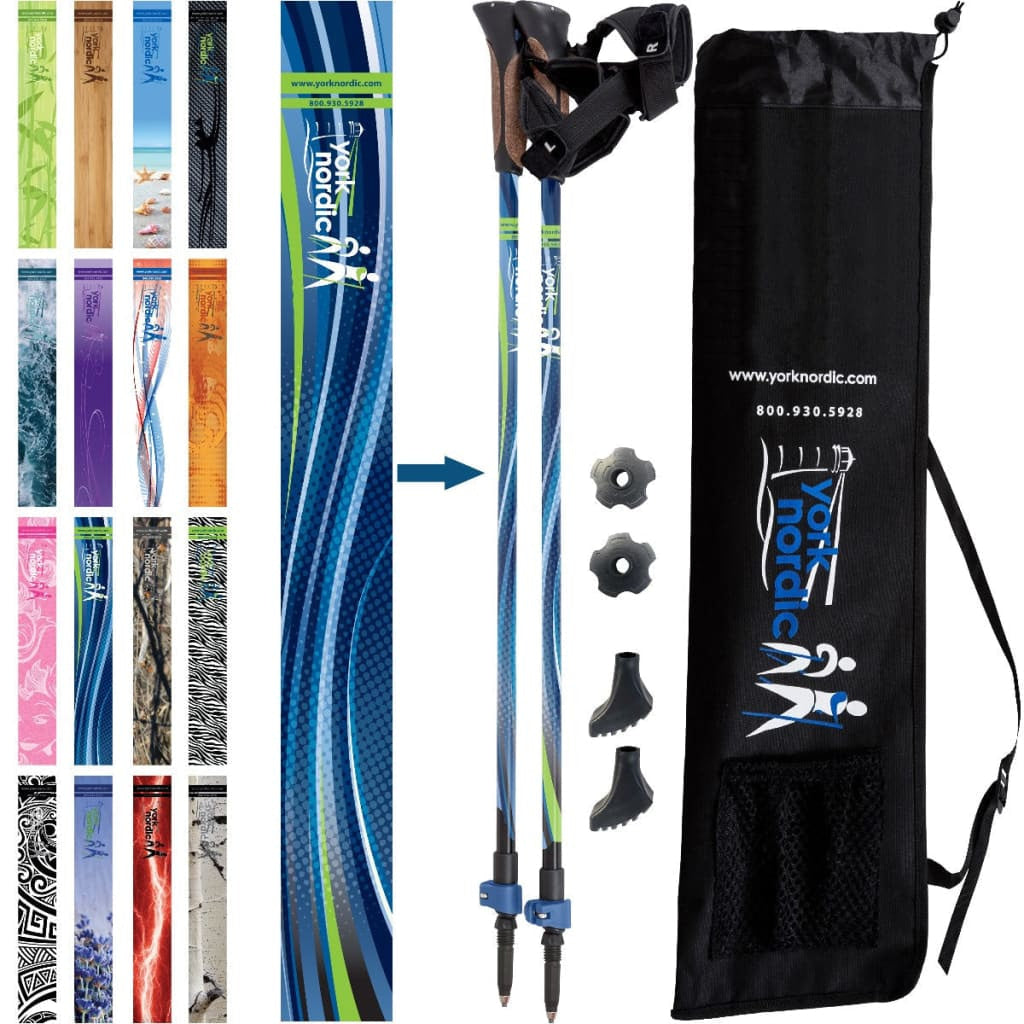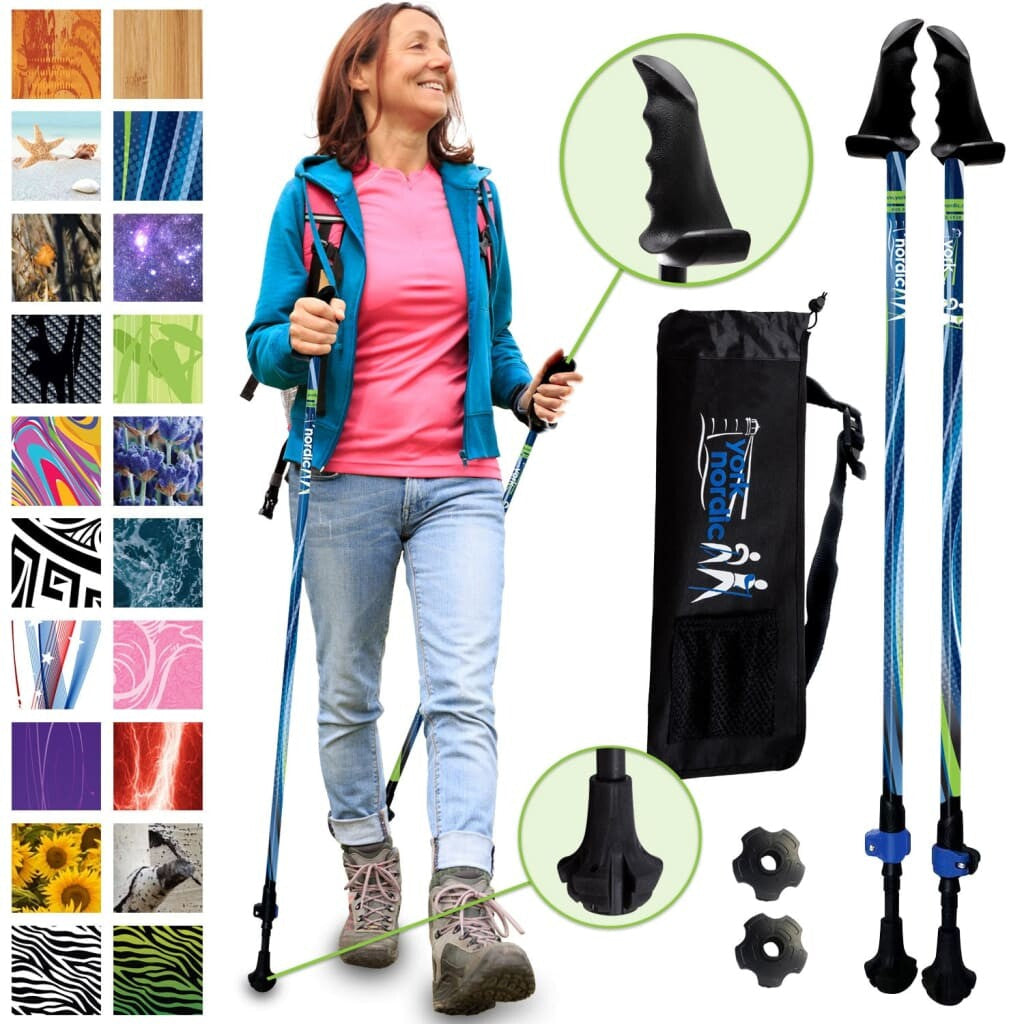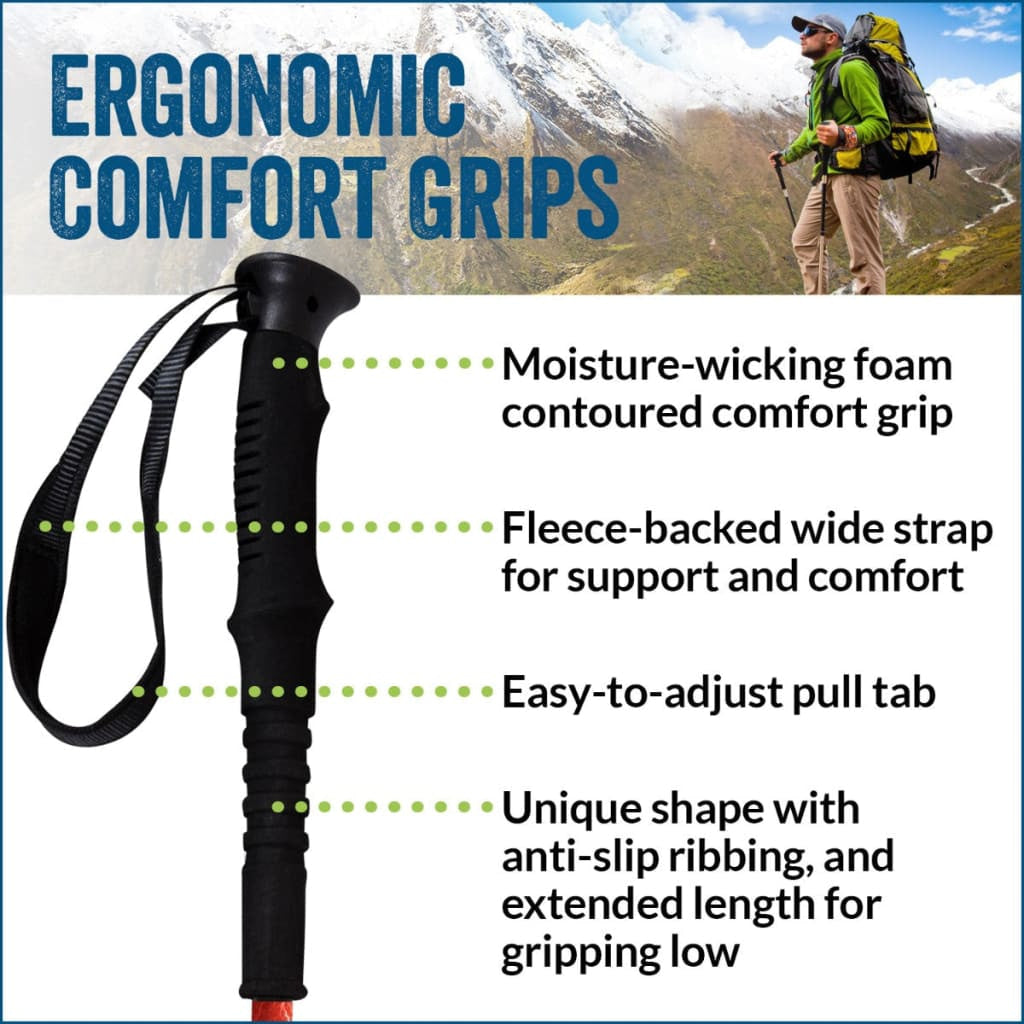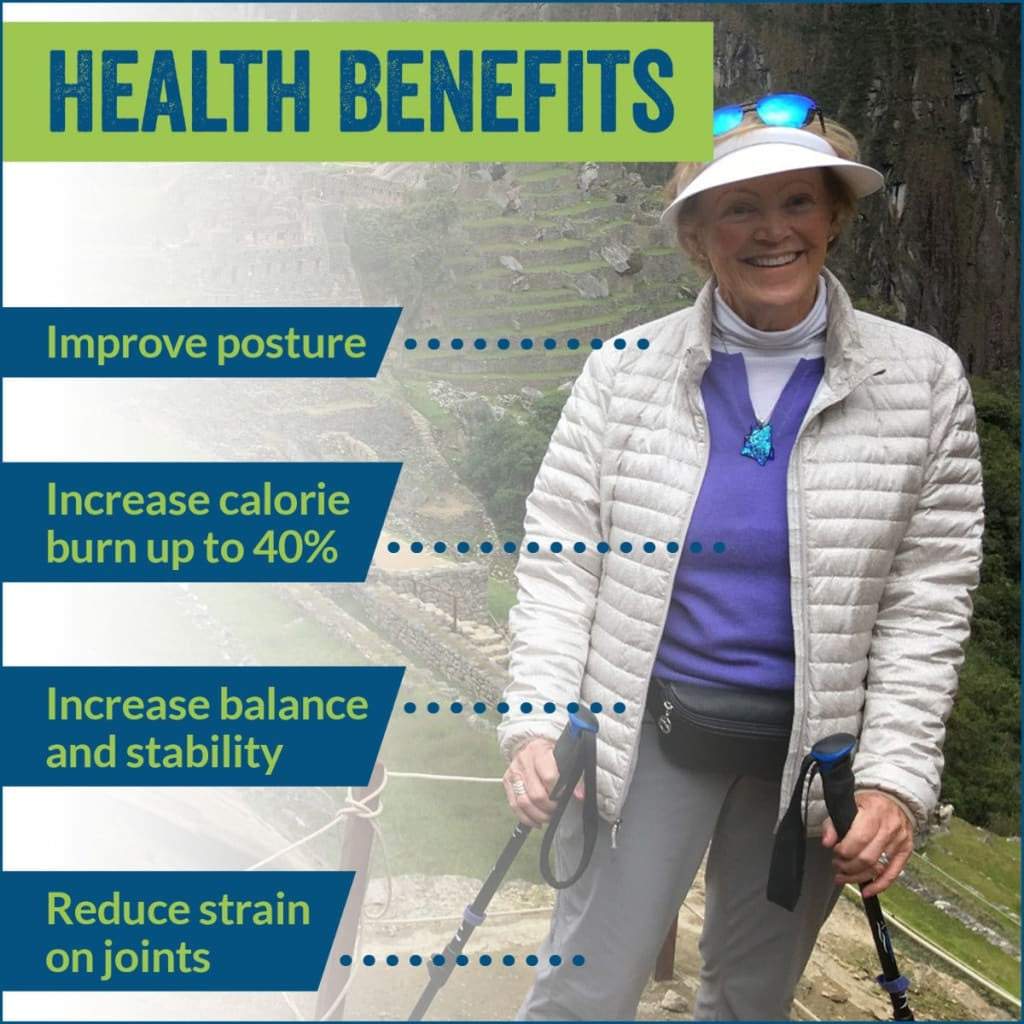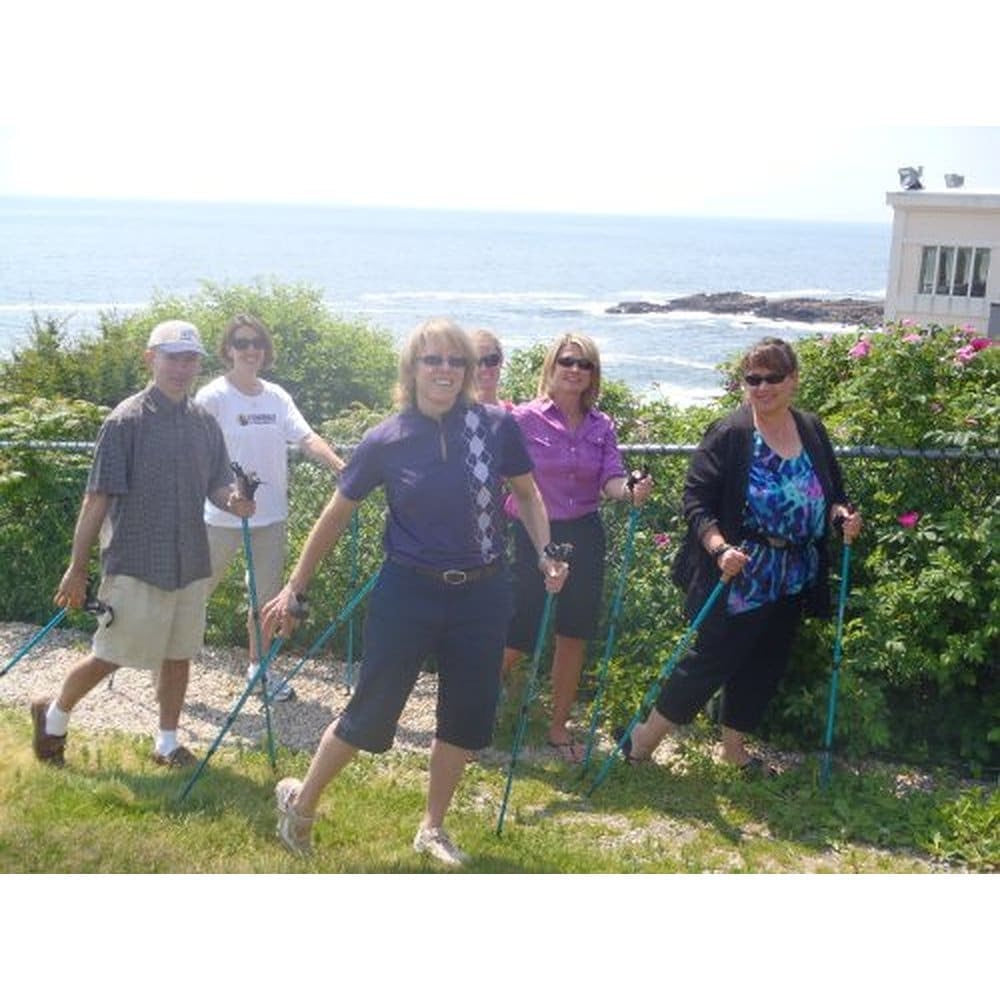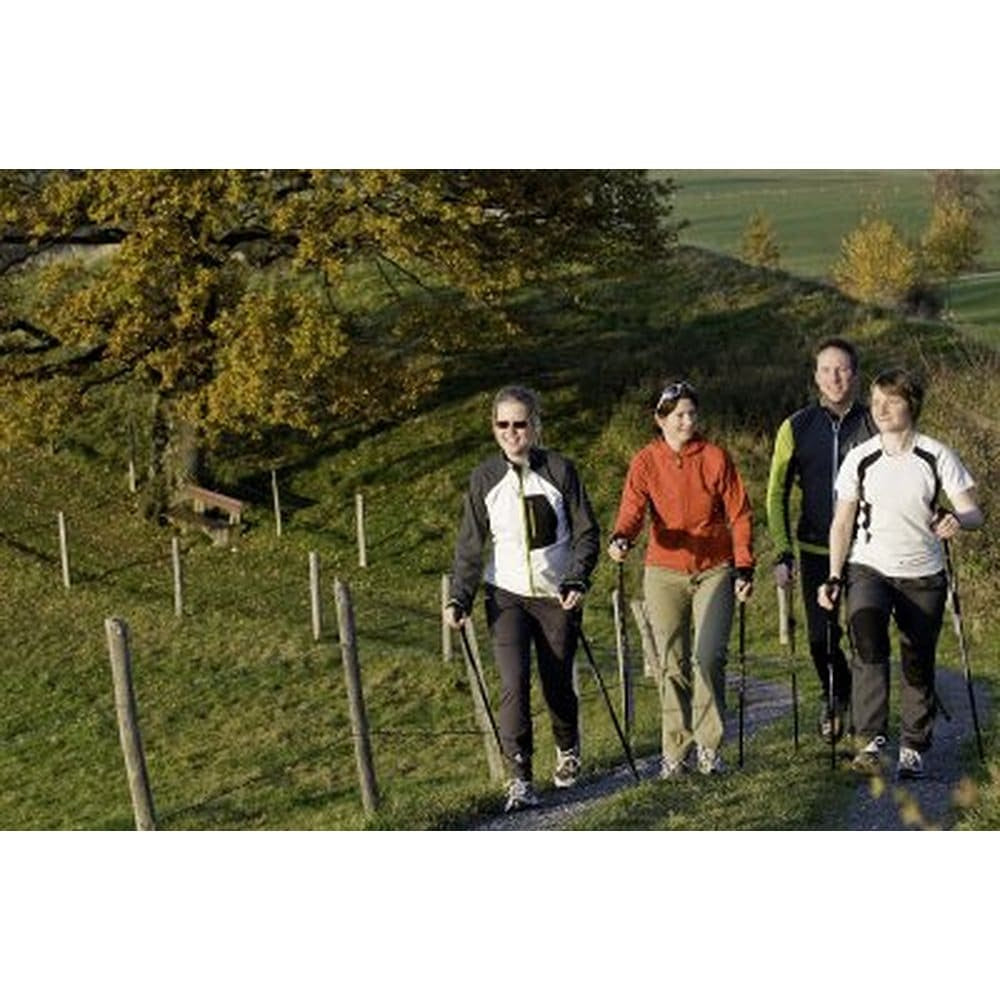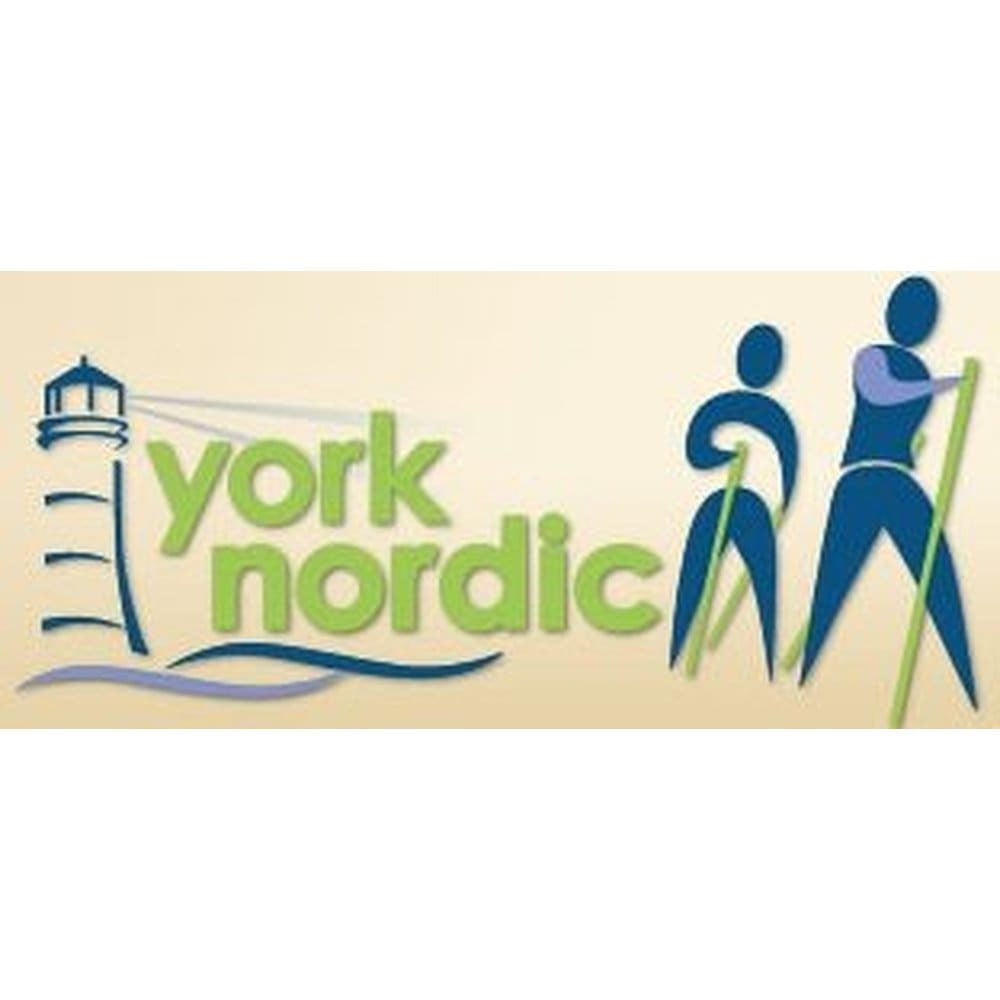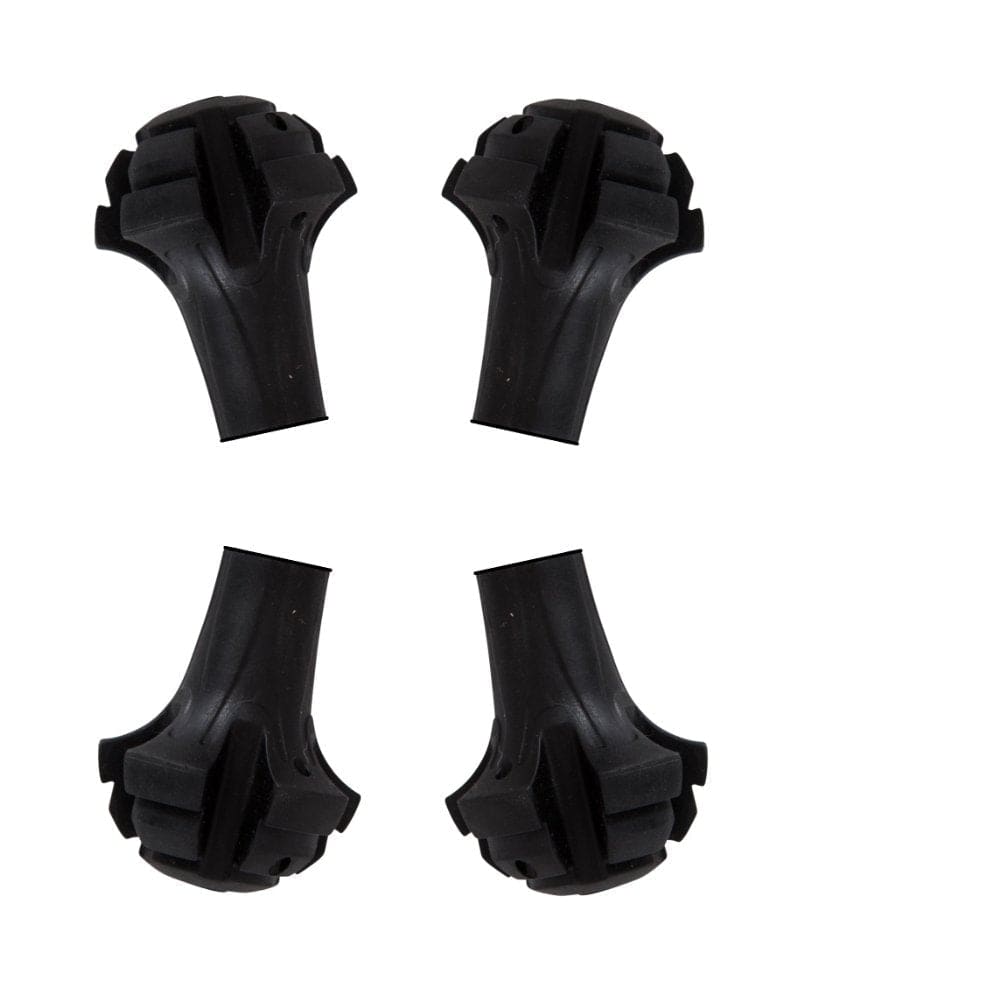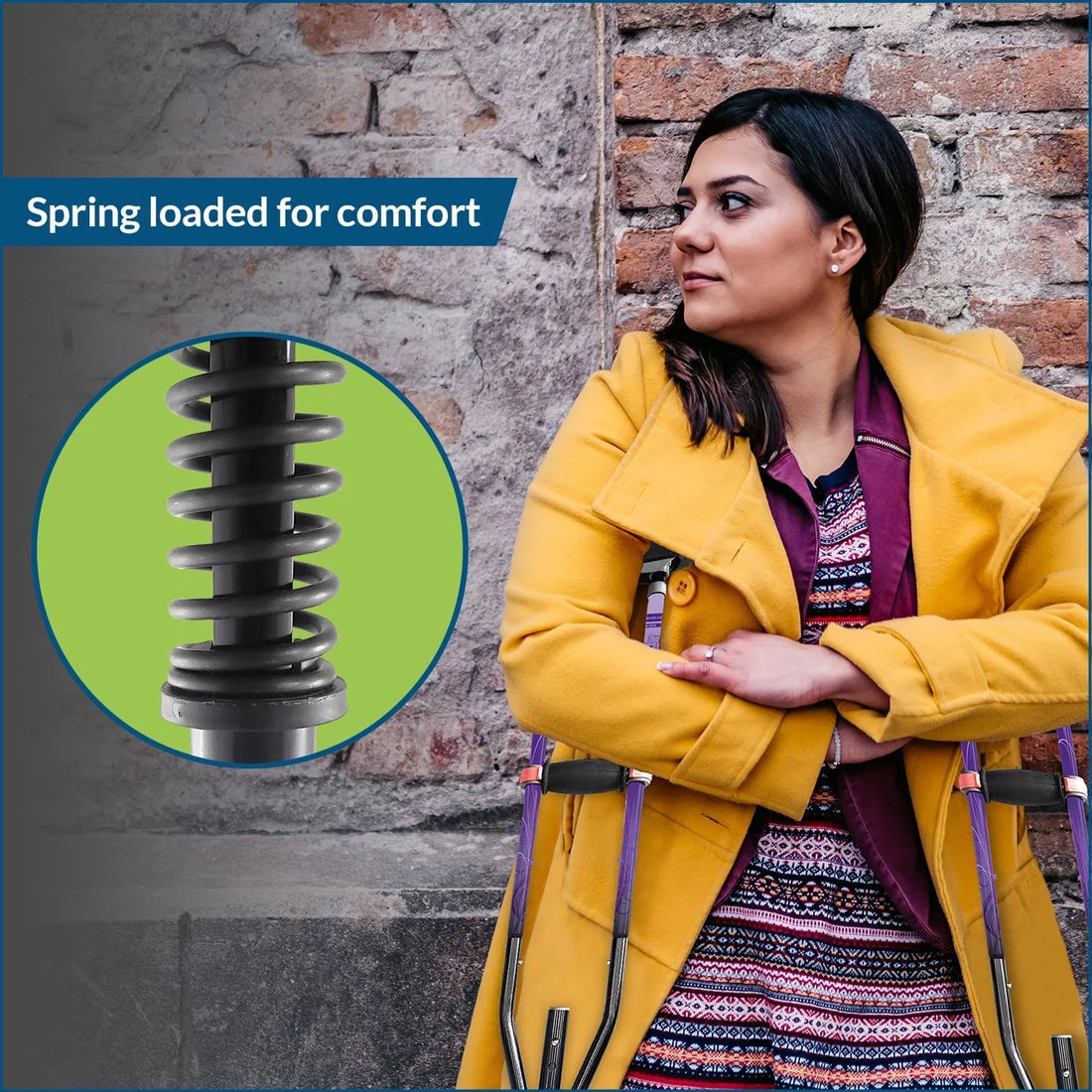Nordic Walking Protects Breast Cancer Survivors
6-Week Walking Clinic Improves Gait and Balance, Lowering the Risk of Falls and Fractures
Cancer Treatments Shown to Nearly Double the Risk of Falls and Fractures
For those who survive cancer, the long-term effects of chemotherapy and endocrine therapy can have detrimental effects on a patient’s health outlook by increasing the risk of falls and bone fractures. In fact, a recent study conducted by researchers at the Oregon Health & Science University Knight Cancer Institute found evidence that post-menopausal breast cancer survivors experience falls at a rate nearly double the fall rate reported for adults over 65 years of age. {1}
The increased risk of falls is attributed to the decreased balance, peripheral neuropathies and decreased upper extremity and trunk range of motion that many cancer survivors suffer as a result of their treatments. Cancer treatments can also decrease bone density and lead to osteopenia/ osteoporosis, all of which increase the risk of fractures as a result of falling.
Fall Victims Face Hospitalization, Decreased Quality of Life and Even Death
Falling and the resulting fractures are not trivial problems for older adults. According to the CDC {2}:
- Older adults are hospitalized for fall-related injuries five times more often than they are for injuries from other causes
- For those over the age of 65, 20% to 30% who fall suffer moderate to severe injuries that make it hard for them to get around or live independently, and increase their risk of early death
- In 2009, emergency departments treated 2.4 million nonfatal fall injuries among older adults; more than 662,000 of these patients had to be hospitalized.
The outcome is much worse for those who break a hip when they fall; according to the CDC {3}:
- One out of five hip fracture patients dies within a year of their injury
- Treatment typically includes surgery and hospitalization, usually for about one week, and is frequently followed by admission to a nursing home and extensive rehabilitation
- Up to one in four adults who lived independently before their hip fracture remains in a nursing home for at least a year after their injury
Study Targets Gait and Balance to Protect Survivors Againsts Falls and Fractures
Because falls and fractures are such a large concern for cancer survivors, the York Hospital Living Well Center undertook a study of Nordic Walking designed to target improvements in gait and balance – two critical skills for preventing fall injuries. Nordic walking is fitness walking with specially-designed Nordic walking poles. It offers a very efficient aerobic workout and is relatively simple for people of any age or physical condition to do. Health advocates have long agreed that Nordic walking is one of the most effective cardiovascular workouts available, because it works all major muscle groups in the body and burns 40% more calories than walking alone. But Nordic Walking also falls into the category of spinal weight bearing exercise, which will promote better bone health for those at risk for bone density loss and osteopenia/ osteoporosis. Another lesser known benefit is improvement in gait and balance, which is why the doctors at York Hospital decided to use Nordic walking as their test case for improving gait and balance in cancer survivors.
Study Details
The hospital performed the study over a six week period with 14 cancer survivors and seven of the survivors’ spouses. The participants were trained in Nordic Walking and then met twice weekly for a one hour Nordic walk, which was led by certified Nordic walking instructor, Lauren DeLong. In order to gauge the effectiveness of the program, a Tinetti balance and gait assessment was performed on each participant at the start and the end of the program.
<p>Participants:21 {4}
Program length: 6 weeks
Frequency: Twice weekly
Duration: 1 hour
Details: Participants were fitted with Nordic walking poles and received an overview of the history of Nordic walking the week before beginning the program. At the same time a Tinetti balance and gait assessment was performed. Lauren DeLong, a certified Nordic Walking instructor, led 1-hour long walks at different locations on Mondays and Wednesdays. Participants were reevaluated at the end of the 6 week program.
Program cost: $1750 {5}
Study Shows Promising Results Across All Tested Categories
Overall there was a 17 percentage point improvement in gait, an 18 percentage point improvement in balance, and all participants demonstrated a decrease in risk for falls. From a quality of life standpoint, all participants reported physical as well as emotional improvements with the walking program.
Most notably, of the 11% of participants who were considered to be at a high risk for falls before the study, none were considered at a high risk for falls after the study (a 100% improvement), and 62% of the participants were considered to be at a low risk for falls at the study’s end, compared to only 11% in the low risk category at the start of the program (a 564% improvement).
Summary of Tinetti Balance and Gait Assessment
Risk of Fall
Other benefits of Nordic walking noted by the study’s administrators included that it:
- Increased strength, stamina and improved physical functioning
- Gave confidence to those struggling with balance
- Improved posture and breathing
- Enhanced shoulder range of motion
- Provided a cardiovascular workout
- Promoted better bone health as a spinal weight bearing exercise
- Improved mood and provided emotional support
Nordic Walking Proven Effective and Cost-Effective
It is also worth noting that the cost of the program was only $117 per person, which included the cost of the Nordic walking poles and the certified instructor.
When compared to the cost of care for a hip fracture patient at over $40,000 {6}, and the nationwide cost of fall injuries, which are expected to reach $54.9 billion by 2020 {7}, Nordic walking for cancer survivors emerges as an incredibly effective — and cost-effective — means to protect older adults from serious injury and serious healthcare costs.
Nordic Walking Benefits Are Not Just for Cancer Survivors
While this study targeted cancer patients, it is clear from the statistics on falls released by the CDC {8} that many adults over the age of 65 can benefit from the improvements in gait and balance experienced by the study participants. In fact, the CDC recommends that all adults over the age of 65 do regular exercise that increases leg strength and improves balance, in combination with other prevention strategies, to reduce the risk of falls {9}.
Taking a one hour Nordic walk twice a week is an enjoyable way to dramatically improve health and safety and lower the risk of hospitalization and death related to falls. Nordic walking is an ideal activity for many older adults, because it is easy to learn and the walking poles provide extra balance and support along with enhancing the benefits of walking. In addition, Nordic walking is an activity that can be enjoyed year-round, indoors or outside because of special rubber feet that fit over the tips of the walking poles for various terrains.
For more information about the health benefits of Nordic walking, as well as instructional videos and a wide selection of walking poles for purchase, visit https://yorknordic.com. For more information on the York Hospital Living Well Center, visit www.yorkhospital.com.
- www.elsevier.com/about/press-releases/research-and-journals/breast-cancer-survivors-at-higher-risk-for-falls
- Facts About Falls | Fall Prevention | Injury Center | CDC
- Facts About Falls | Fall Prevention | Injury Center | CDC
- Including spouses was not the original intent of the grant, but brought an aspect of emotional support to the grant that the study authors felt was of great value.
- The grant paid for 15 pairs of walking poles and certified instruction; additional walking poles were lent to participants by the instructor.
- Barrett-Connor E. The economic and human costs of osteoporotic fracture. American Journal of Medicine 1995;98(suppl 2A):2A–3S to 2A–8S
- www.cdc.gov/homeandrecreationalsafety/falls/fallcost.html
- www.cdc.gov/homeandrecreationalsafety/falls/adulthipfx.html
- How much physical activity do older adults need? | Physical Activity | CDC
